Saturday morning at 0430, we arrived at the docks in Colonia, Uruguay to catch the ferry from Uruguay to Buenos Aires. Four thirty in the morning a dreadful hour indeed for most folks but especially so for the sleep deprived Argentineans. They love their siestas and staying up late is very much part of their culture.
Once aboard the ferry the sleepy Argentinean crowd were soon asleep, tucked in with blankets, heads lolling back and mouths wide open. A few snored the entire three and a half hour journey to Buenos Aires.
Enlarge
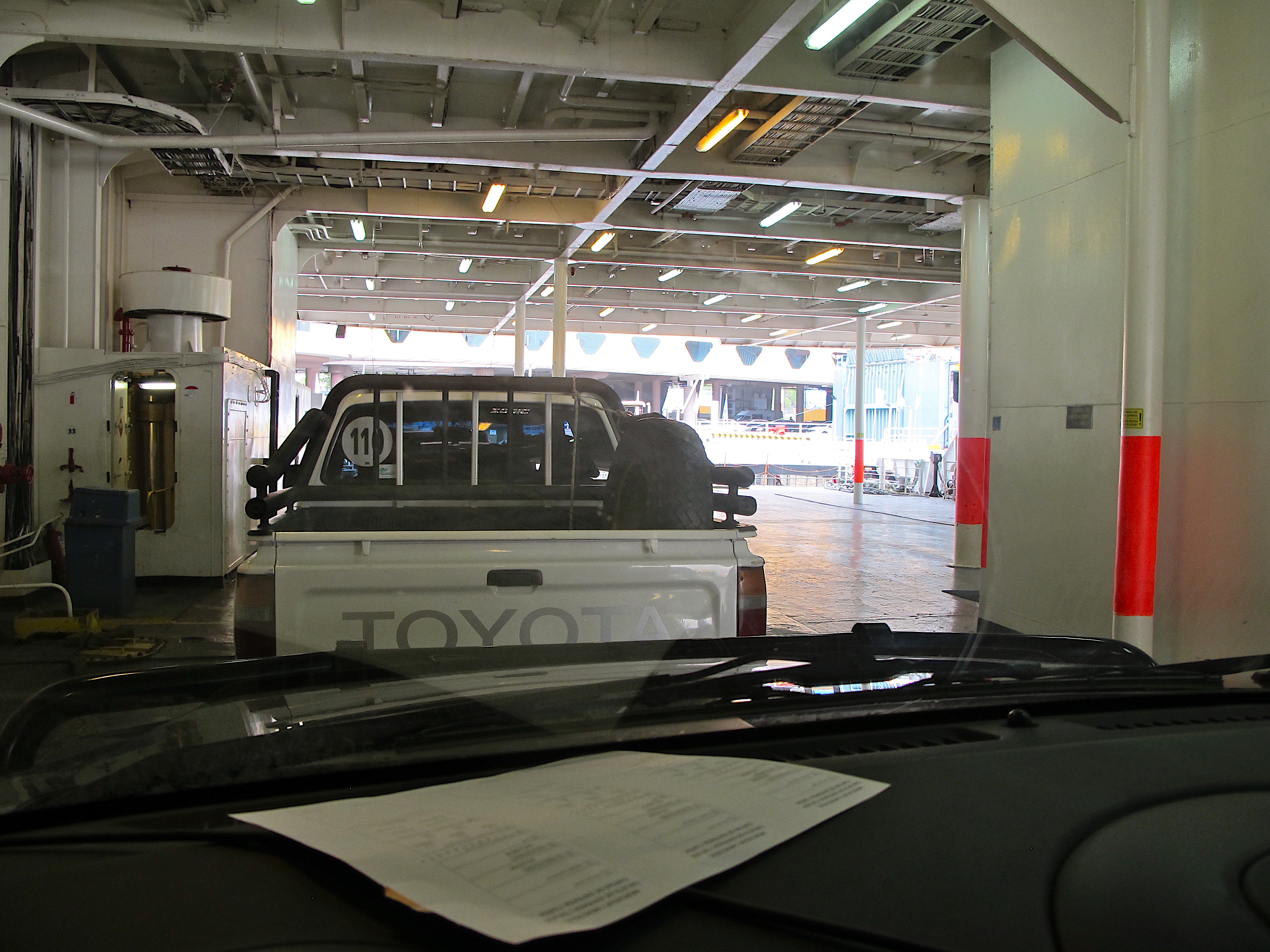
Adventurouspirits
The city of 15 million was still asleep when we arrived on Saturday morning. Streets deserted, except for the occasional cab cruising for customers. We found an empty parking lot, parked the camper and set off to explore the streets of Buenos Aires.The city is filled with stunning architecture, beautiful buildings, large trees, wide streets, parks, the Teatro Colón opera house, the Teatro Nacional Cervantes theatre, expensive shops, and restaurants.
Enlarge
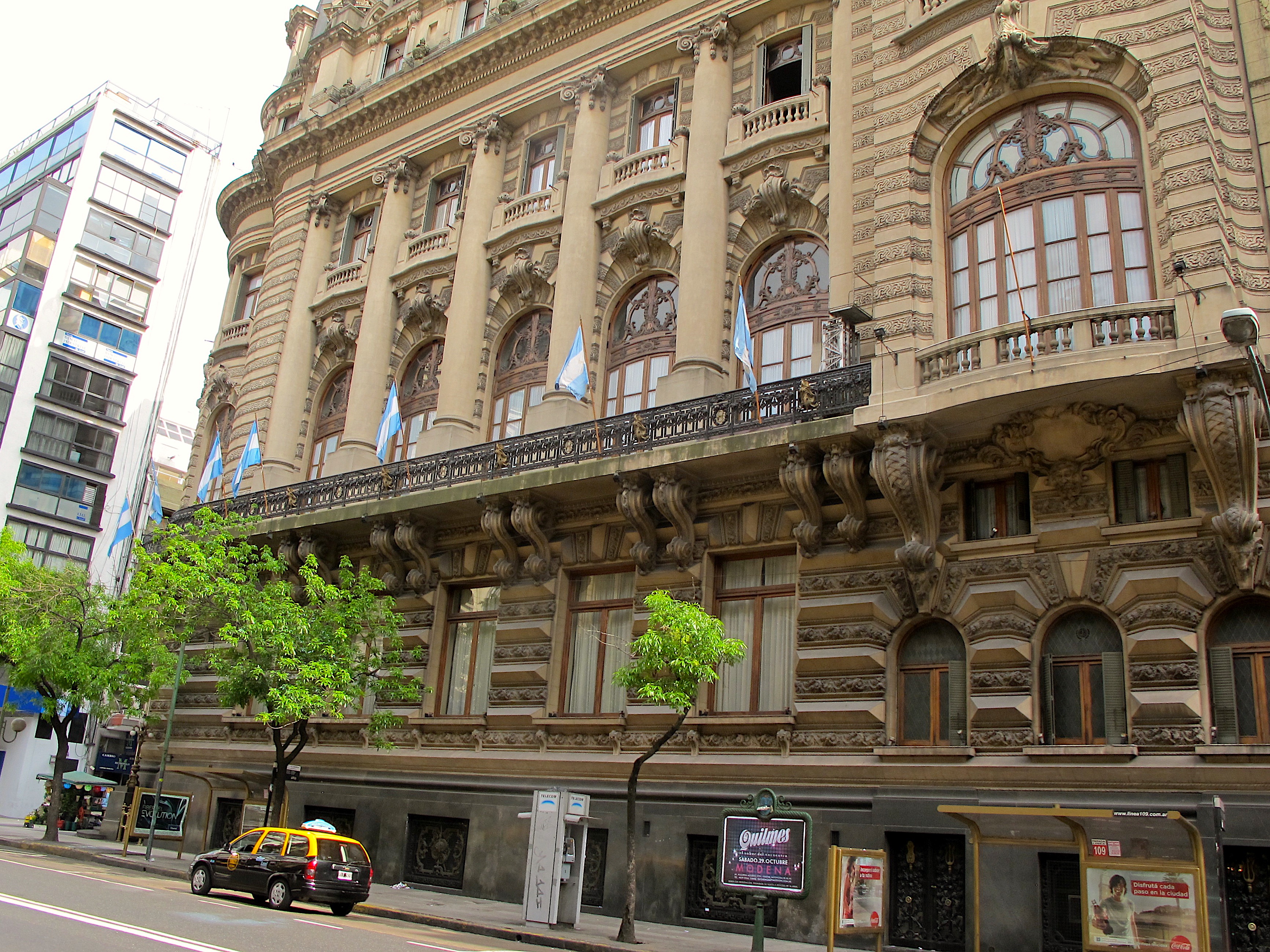
Adventurouspirits
Enlarge

Adventurouspirits
Enlarge
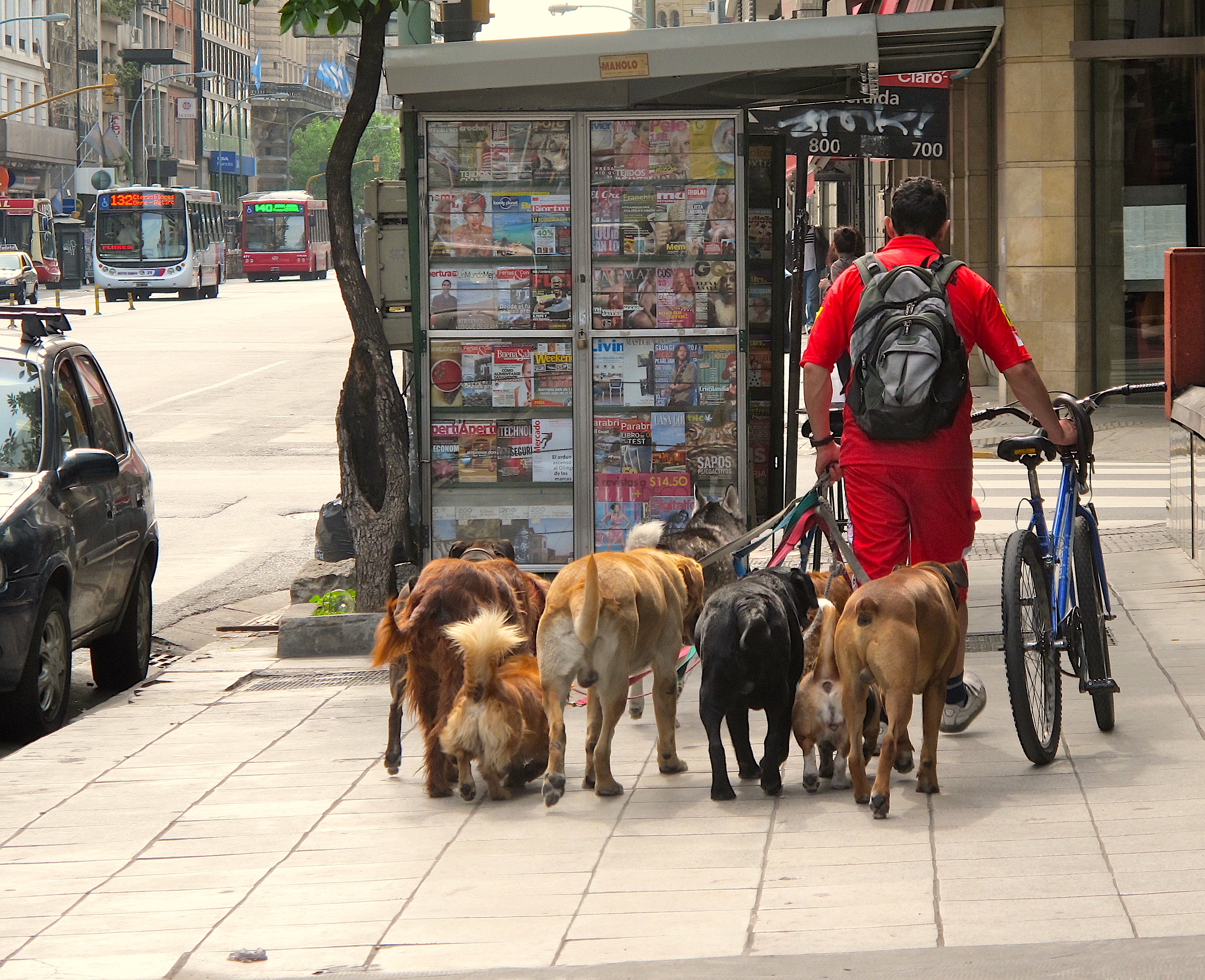
Adventurouspirits
Enlarge
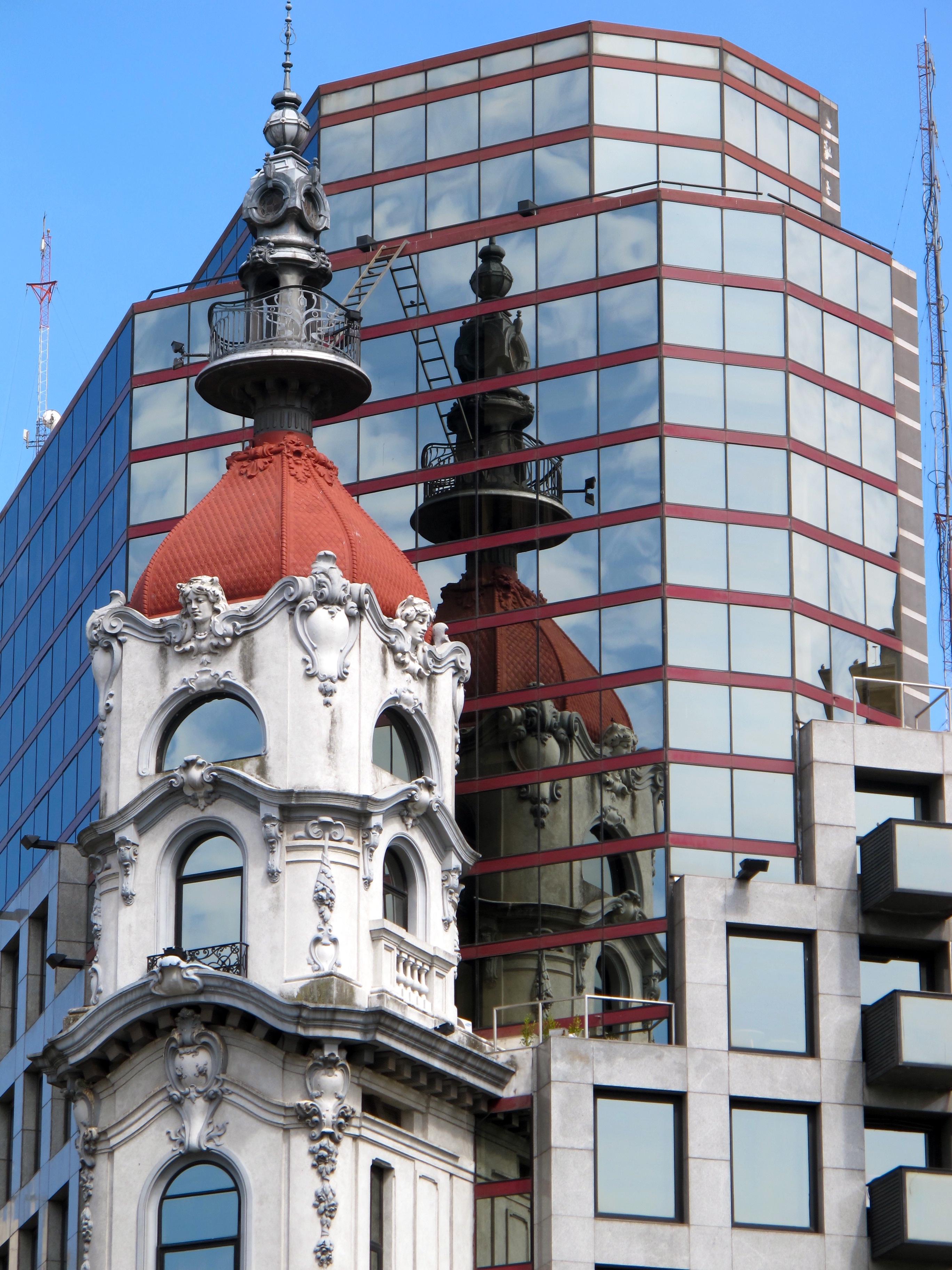
Adventurouspirits
Enlarge
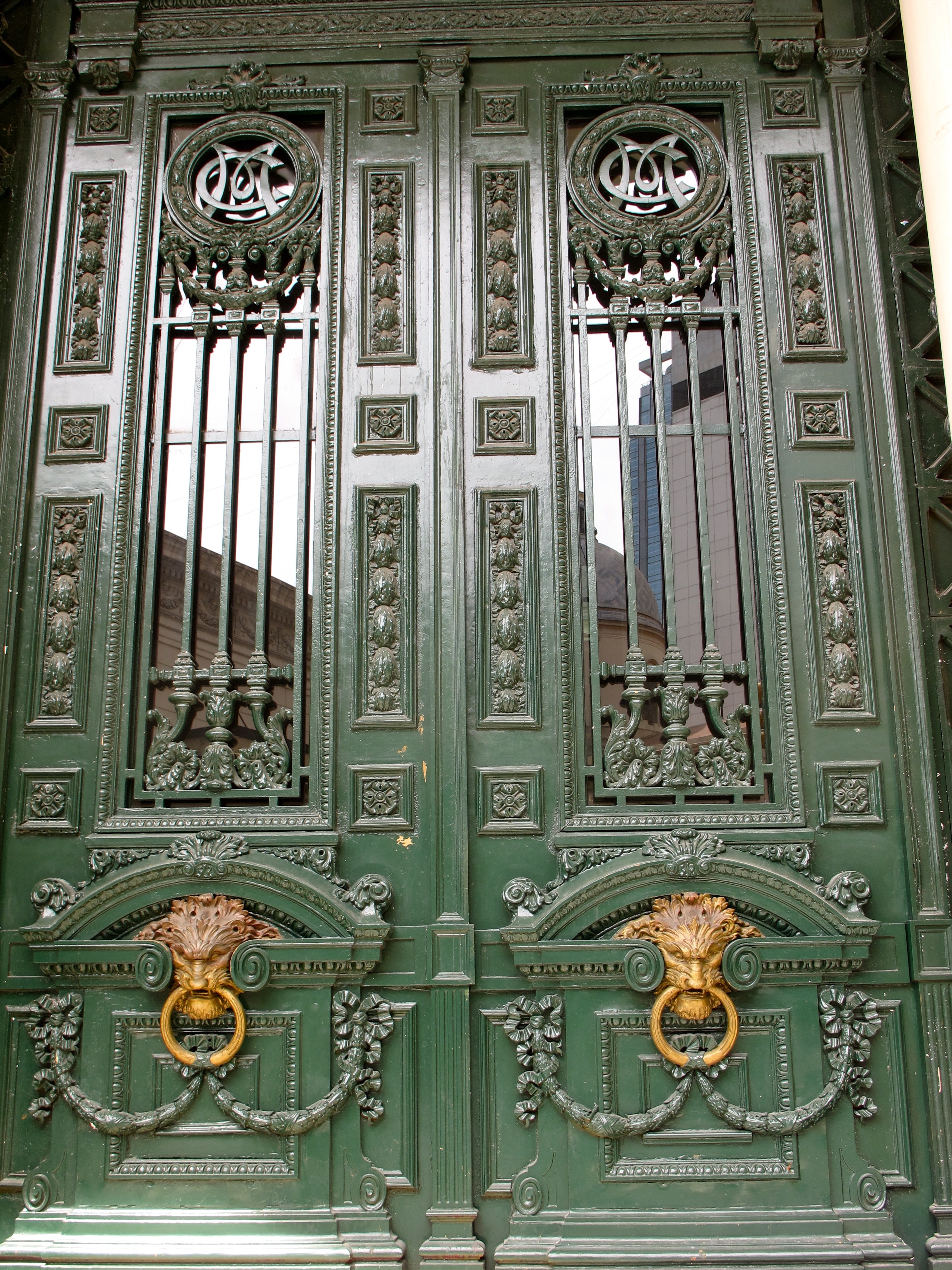
Adventurouspirits
Buenos Aires is like any cosmopolitan European metropolis, with modern and the downtrodden. Av 9 de Julio is This amazing boulevard is 425 feet wide, said to be the widest boulevard in the world, specifically 16 lanes.
Enlarge

Adventurouspirits
Camping on the median under the blossom streets in the early morning squatter families huddled around their burning braziers, men, women and children seemingly oblivious to the traffic on each side. Shelters made from the throw away society of the well to do.
Enlarge

Adventurouspirits
Below the pink coloured balcony of the Casa Rosada, tourists and locals queued to climb up and stand where Eva Peron and other famous political officials have stood while addressing the crowds. We imagine the speeches and the lives changed within the walls of this pink ornate building. On the fence hangs a white cloth, a message from the Mothers of the Disappeared flutters, they are still calling for the convictions of those who committed atrocities during the Dirty War in Argentina.
Enlarge
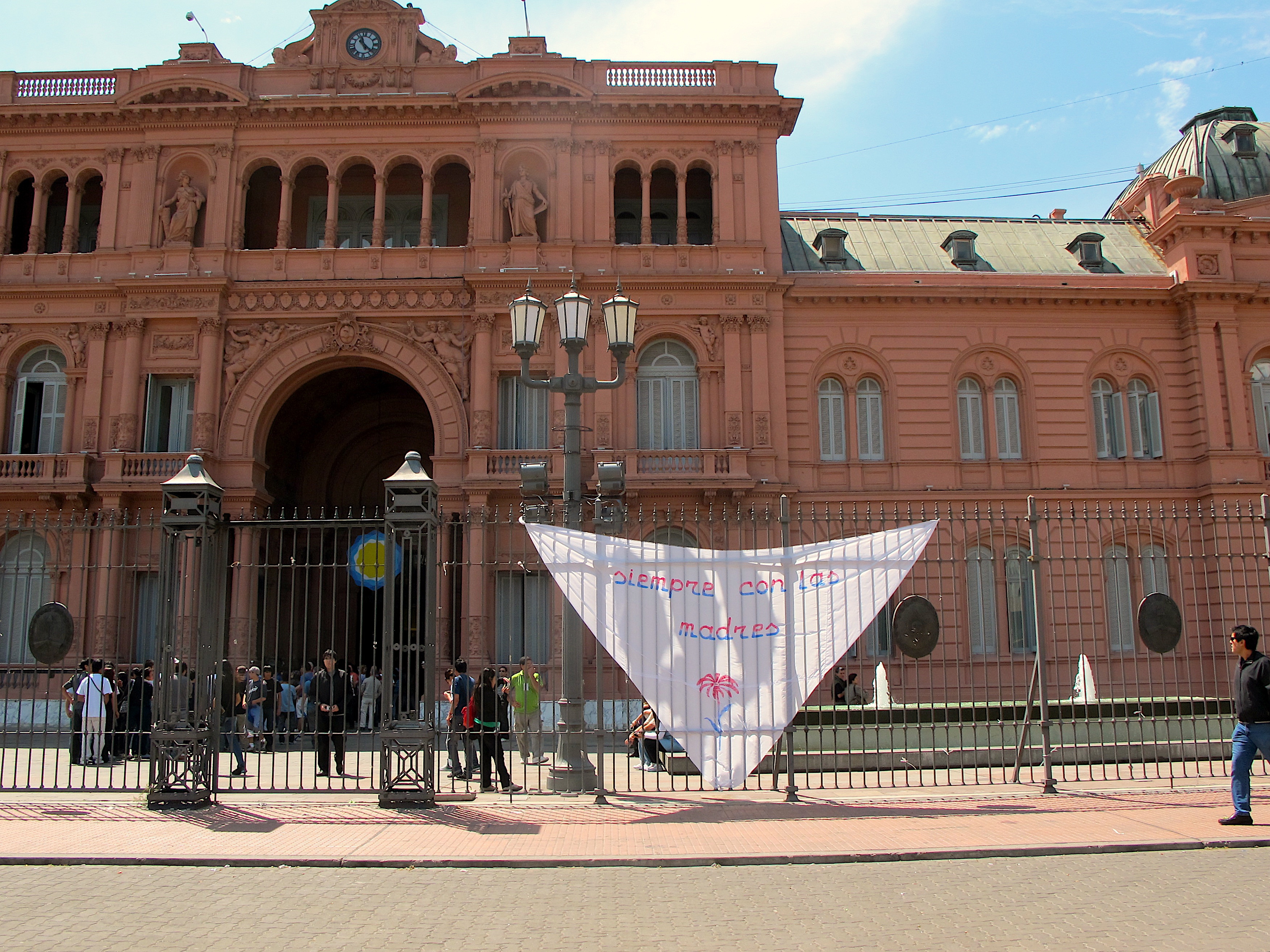
Adventurouspirits
Across the road, a park of trees and fountains where people walk their dogs or simply enjoy the sun. We love all the large trees, which grace this beautiful city.
Enlarge
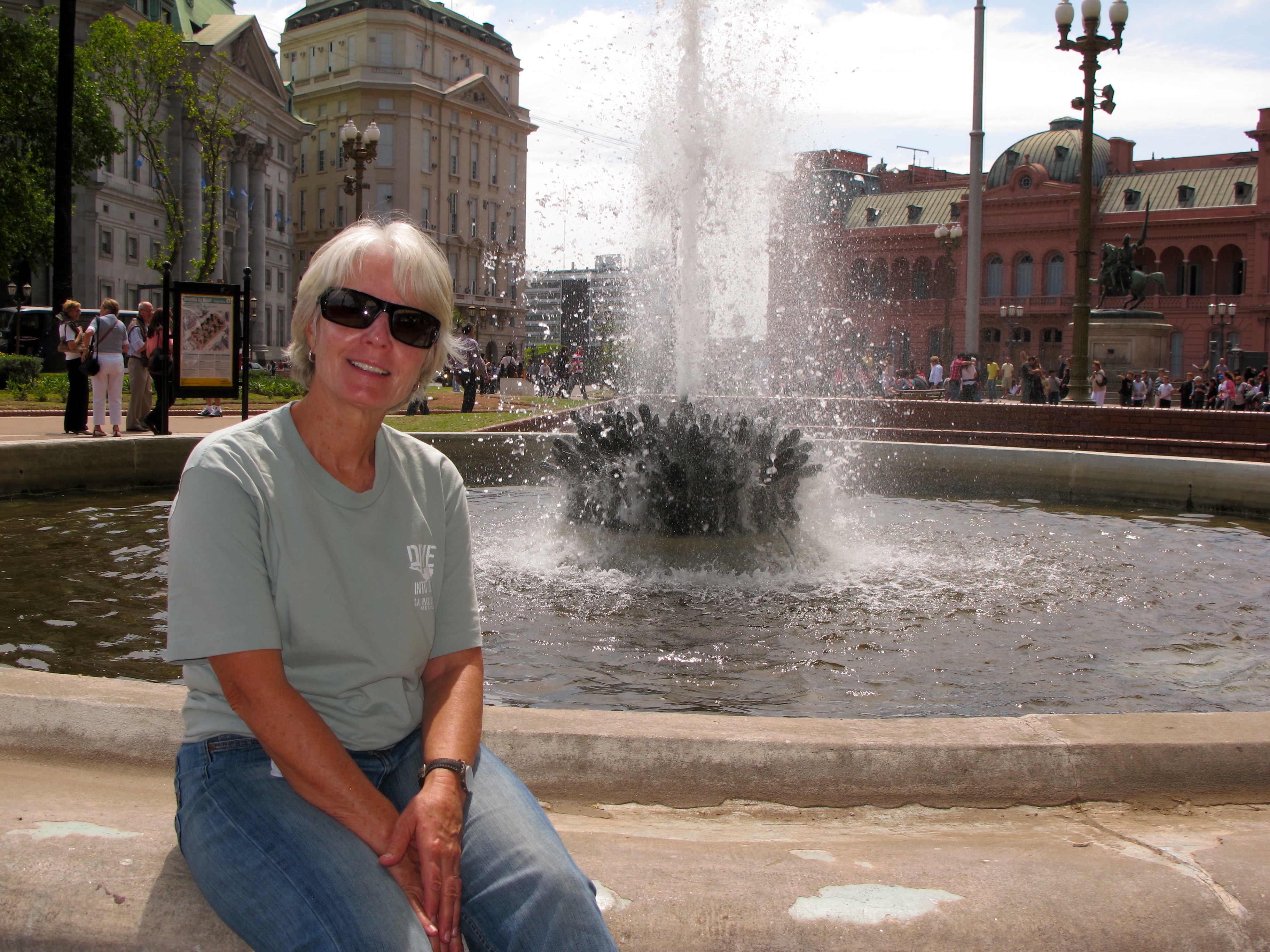
Adventurouspirits
We stop for coffee at the Galerías Pacifíco a French style shopping centre. A fountains is our backdrop and above us the vaulted ceiling with murals painted by several artists. We sipped our coffee and watched the porteños as the Buenos Aires residents are known. They even dress like Europeans, stylish and fashionable and I feel grungy in my old scruffy jeans and T-shirt, no elegantly dressed overlander here.
Enlarge
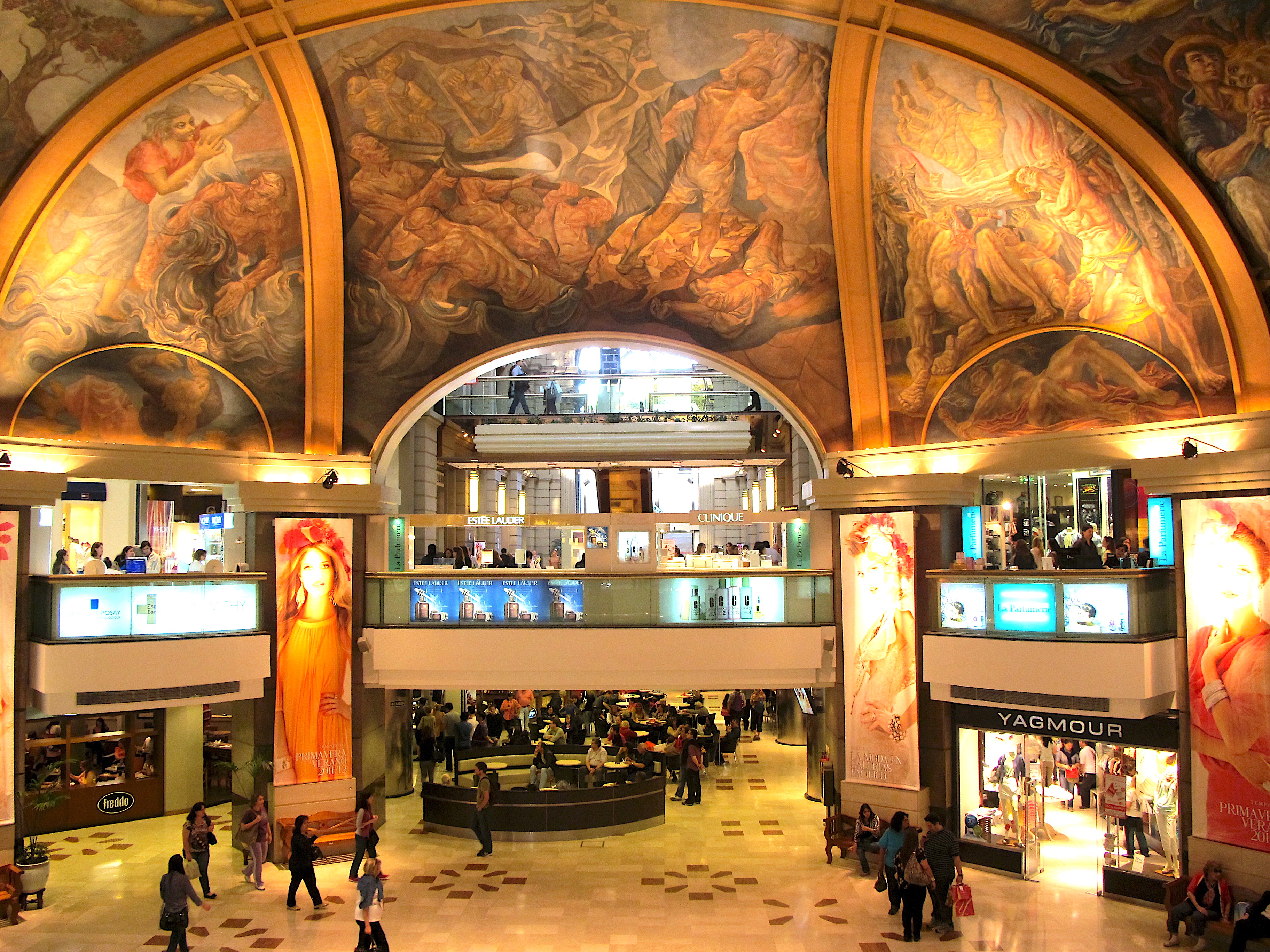
Adventurouspirits
We stroll through Recoleta where the wealthy live to the cemetery where Buenos Aires most rich and famous are buried.
Enlarge
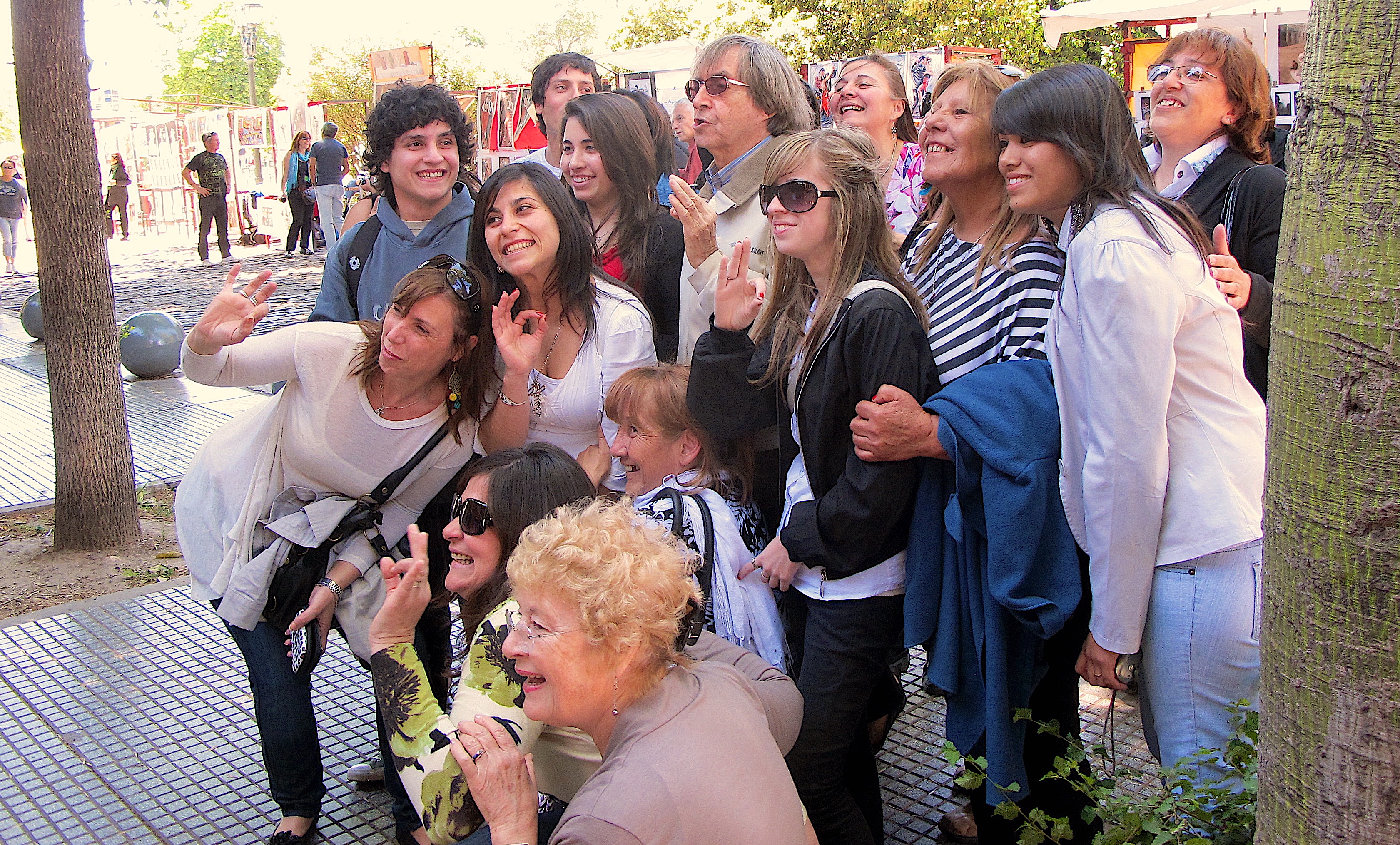
Adventurouspirits
People clustered around the Durante family tomb, snapping pictures, leaving flowers honouring the woman, they call Evita, Eva Peron who remains still large long after her death. The cemetery is filled with impressive crypts, sarcophagi and statues; it is like a small city within a larger one.
Enlarge
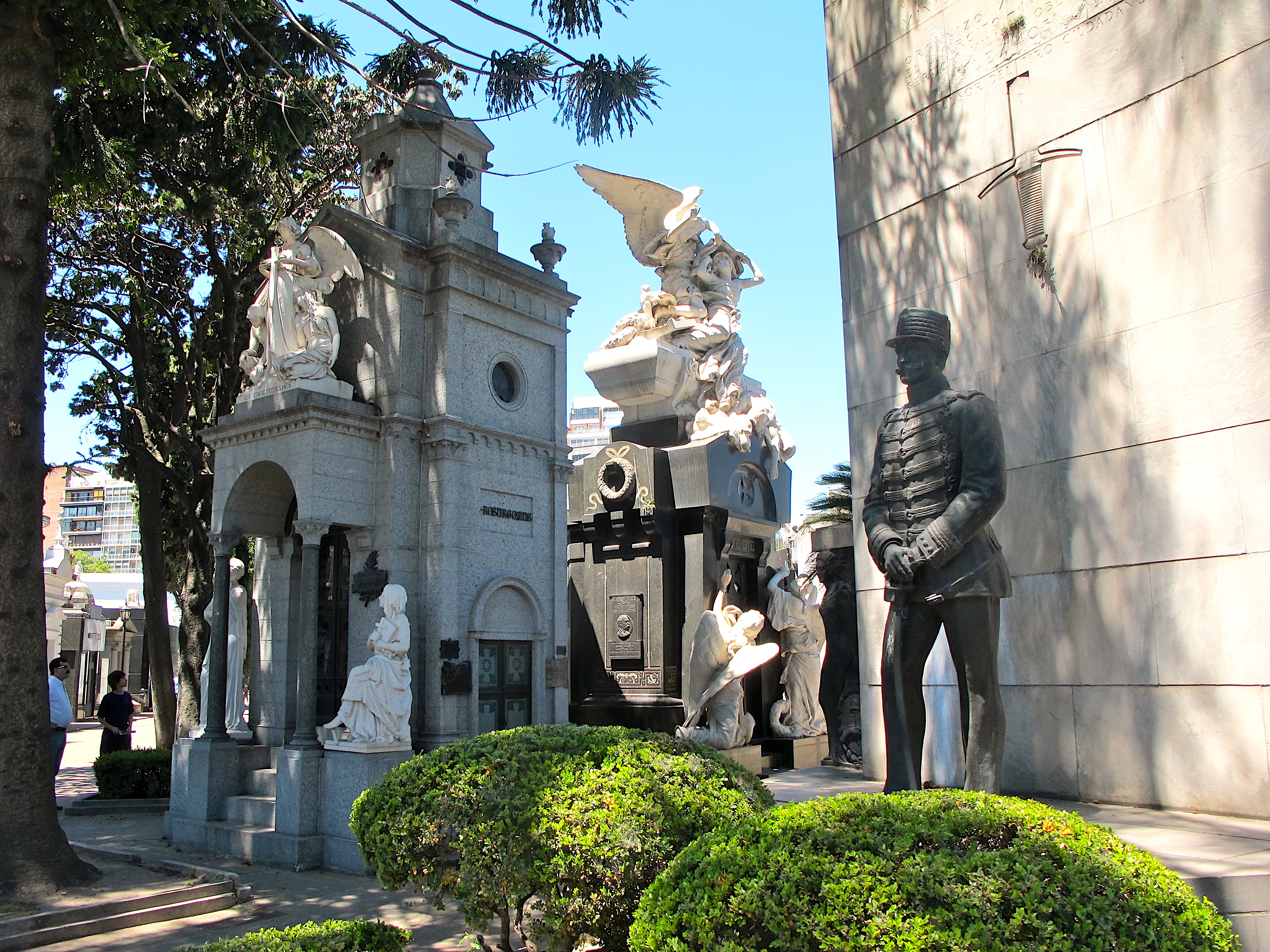
Adventurouspirits
Enlarge
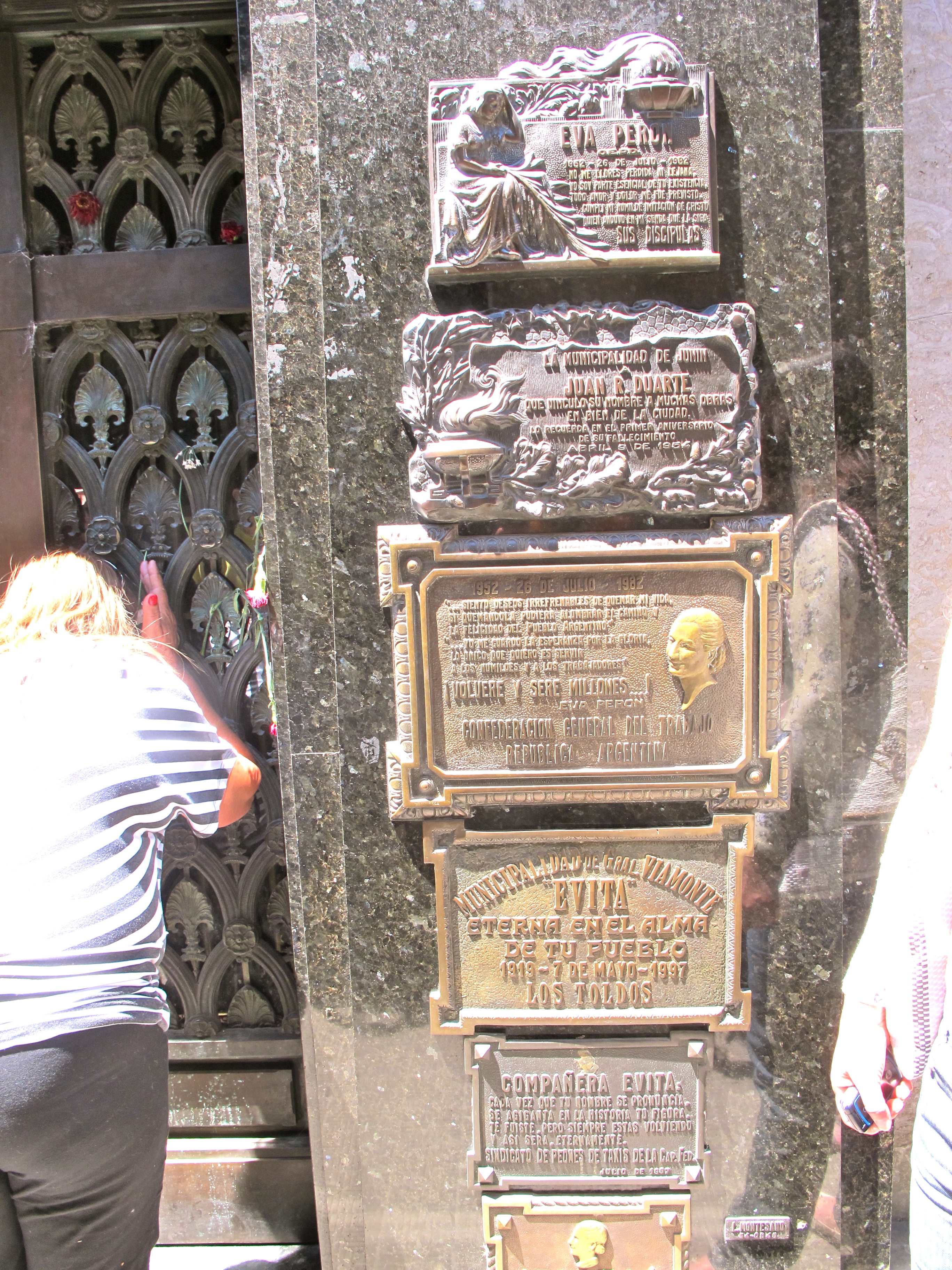
Adventurouspirits
Enlarge

Adventurouspirits
Enlarge
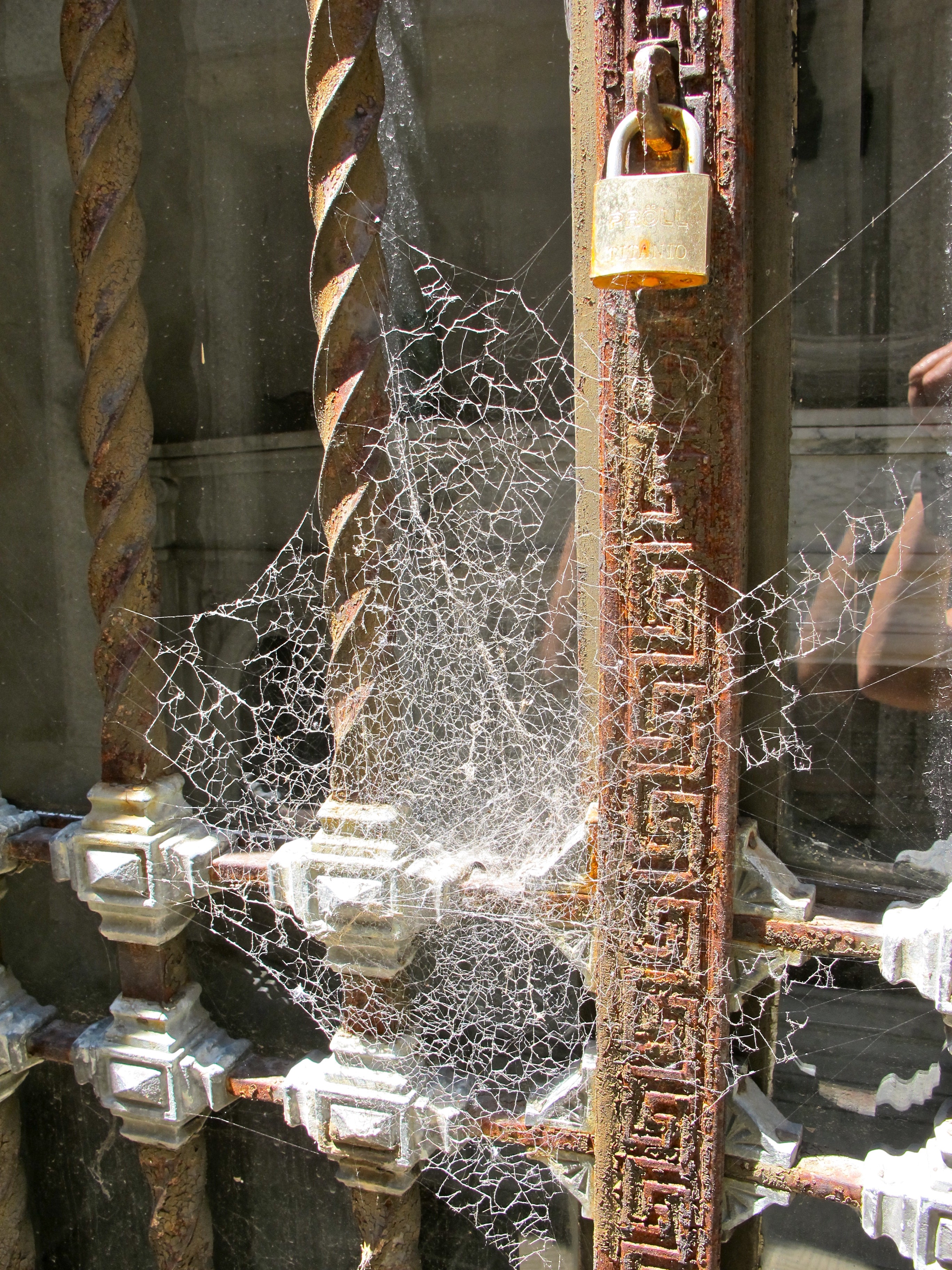
Adventurouspirits
Puerto Madero, also known within the urban planning community as the Puerto Madero Waterfront, is a barrio (district) of the Argentine capital at Buenos Aires CBD, occupying a significant portion of the Río de la Plata riverbank and representing the latest architectural trends in the city of Buenos Aires.
Enlarge
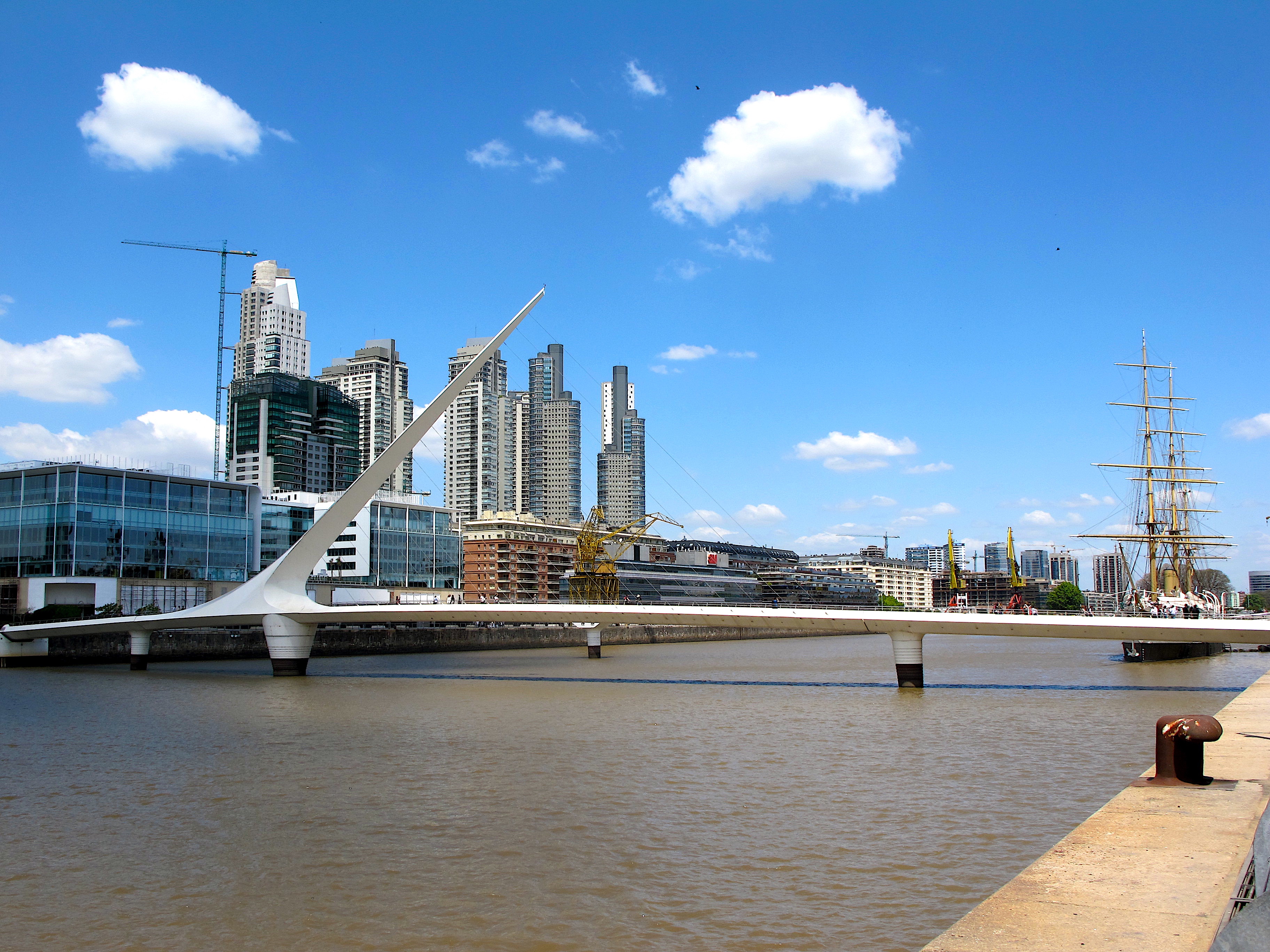
Adventurouspirits
Along the waterfront of Puerto Madero, families were out strolling along the cobbled stone pier, past the renovated brick warehouses where now fancy restaurants are located. Old frigates are moored alongside the pier and we crossed the strange pedestrian bridge
Enlarge
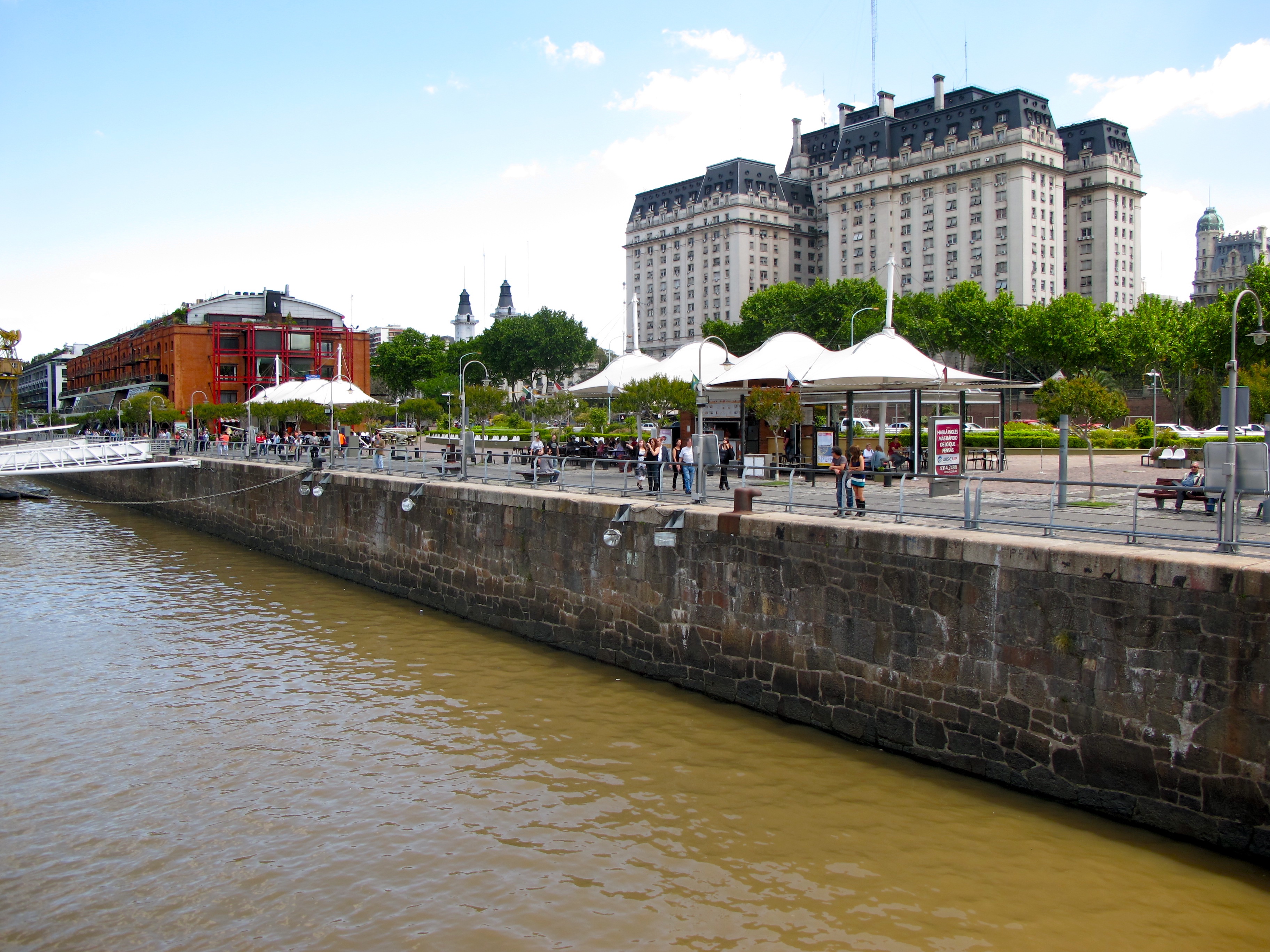
Adventurouspirits
Enlarge

Adventurouspirits
It was time to head south from Buenos Aires our ultimate Alaska to Argentina destination;Ushuaia still some 3000km away.
Enlarge

Adventurouspirits
Our first stop is El Condor where over 30,000 nests of burrowing parrots are located in the rocks. At sunrise, we headed out and walked along the beach heading to where the sun lit up the rock face, and the burrowing parrots flew around, thousands and thousands of colourful chattering parrots. I was in bird heaven.
Enlarge

Adventurouspirits
Burrowing Parrots are a migratory species, which can travel long distances along the year. The breeding colonies are sometimes hundreds of kilometres away from the wintering grounds. Burrowing Parrots occupy the colonies 1-2 months before egg laying and leave the breeding site gradually as the young fledge. Adult Burrowing Parrots excavate their own nest burrows by tunnelling into the faces of sandstone, limestone or earth cliffs. The nesting pairs use burrows that they have dug in previous seasons, but they enlarge the burrows every year. Each burrow is occupied by a single pair. The nests are normally between 80cm and 2.5m long but sometimes they reach more than 3m. The nests terminate in a nest chamber were the chicks are raised. The nests are often very close together and interconnected as burrows sometimes run in zigzag. Burrowing Parrots do not use nesting material but, rather, deposit their eggs on the sandy bottom of the nest chamber.
Enlarge
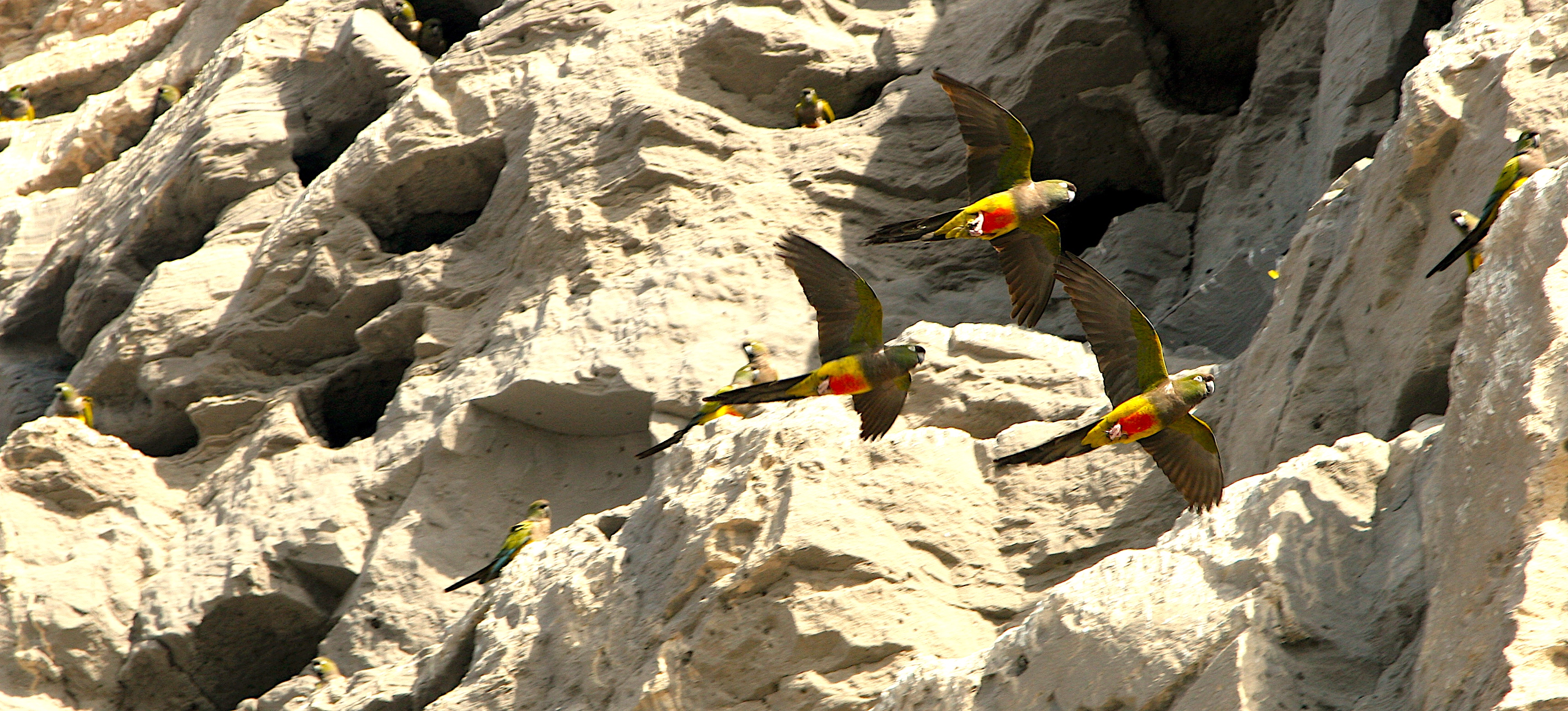
Adventurouspirits
This extraordinary world heritage, the largest known parrot colony in the world, has been seriously threatened in several ways. The breeding site has been the spraying of sectors of the colony with Endrin (or DDT) in an attempt to reduce the number of parrots. Tourism and development as well as capture for the bird trade are serious threats to the survival of this species.
Enlarge

Adventurouspirits
It was spectacular, picture perfect. If we could, we would have settled to watch for days they were so wonderful but we had to keep moving if we want to make it to Ushuaia.
A little further down the road is one of the largest colonies in the Valdes Peninsula, at Punta Delgada. The park administration has set up an informative sign with amazing facts about this animal. Sea lions as far as we could see lying along the beach in both directions. This is home to the only continental reproductive Southern Elephant Seal colony in the world. This species (Mirounga Leonina) is distributed throughout the Sub-Antarctic region with an estimated population of 700,000 individuals. It is calculated that approximately 20 thousand reach the Valdes Peninsula each year between August and March to mate, give birth and molt.
Enlarge
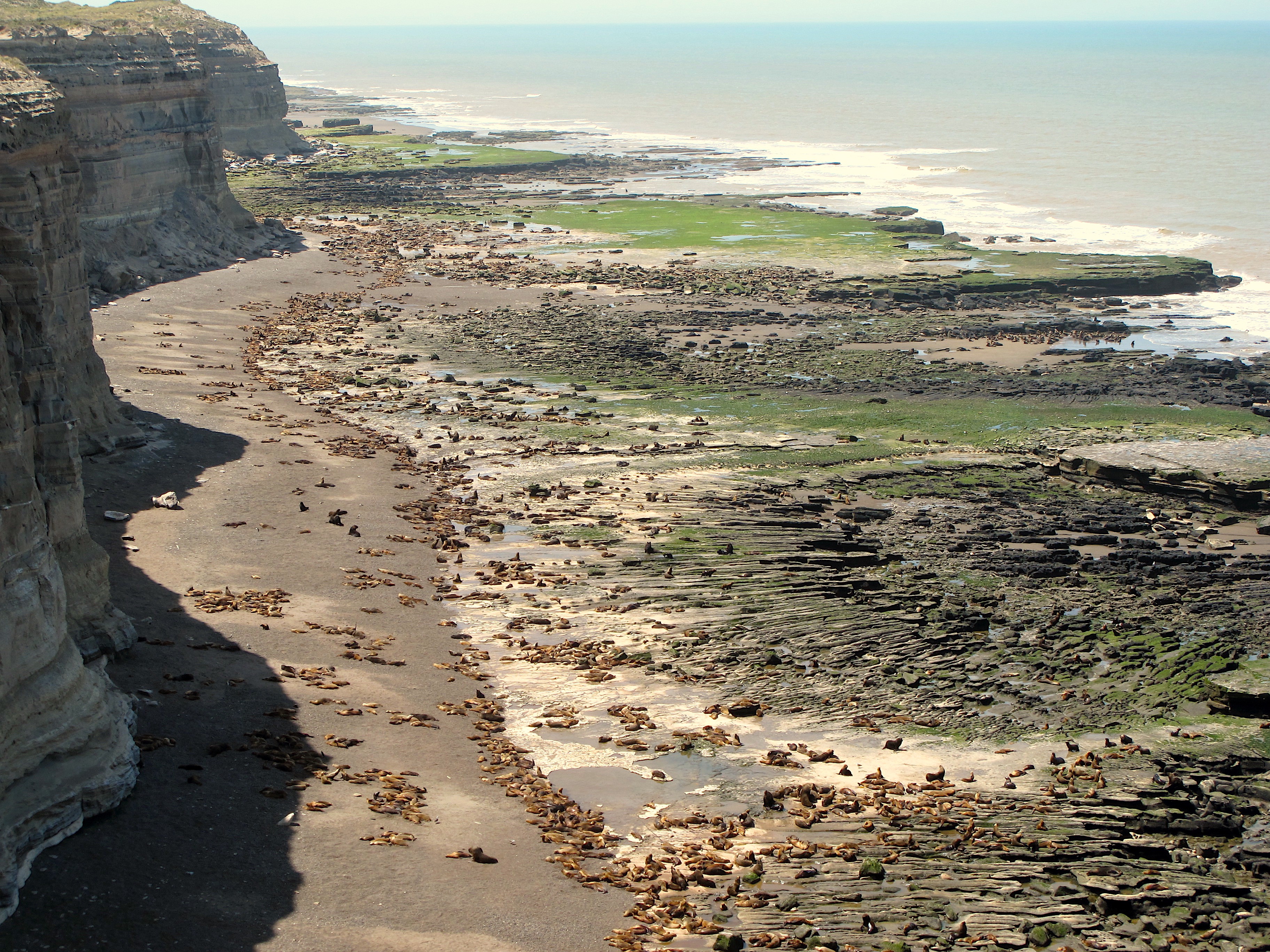
Adventurouspirits
There are approximately 500 Southern Elephant Seal harems that form along the Valdes Peninsula´s 200 km of coastline consisting of between 2 and 130 females in each harem. The dominant males make up only 14% of the population and can mate as many as 15 times in one day.The large males bark orders and protect his harem of females and the pups.
Enlarge
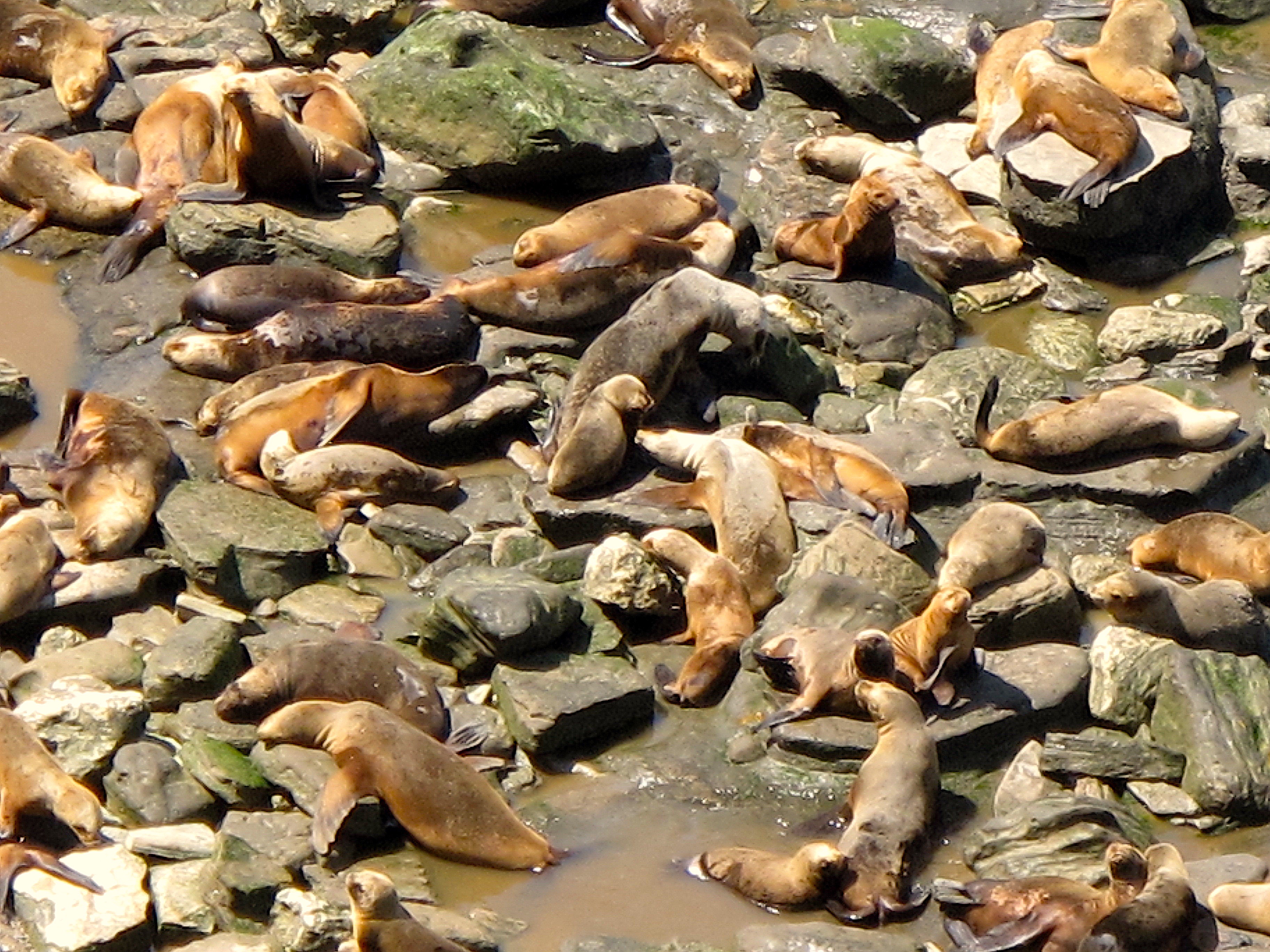
Adventurouspirits
Valdes Peninsula is a wildlife preserve where we were hoping to see the Southern Right Whales. Once upon a time, right whales were hunted for their oil and blubber. They were so easy to approach that they were known as ‘the right whale to kill’. Thankfully, those awful days are over but the name has stuck. Right whales are still extremely easy to get close to in the water. It is not unusual for them to approach boats and snorkelers; trusting their lives into your care. Coming eye to eye with this beautiful species is an experience you will never forget.
Enlarge
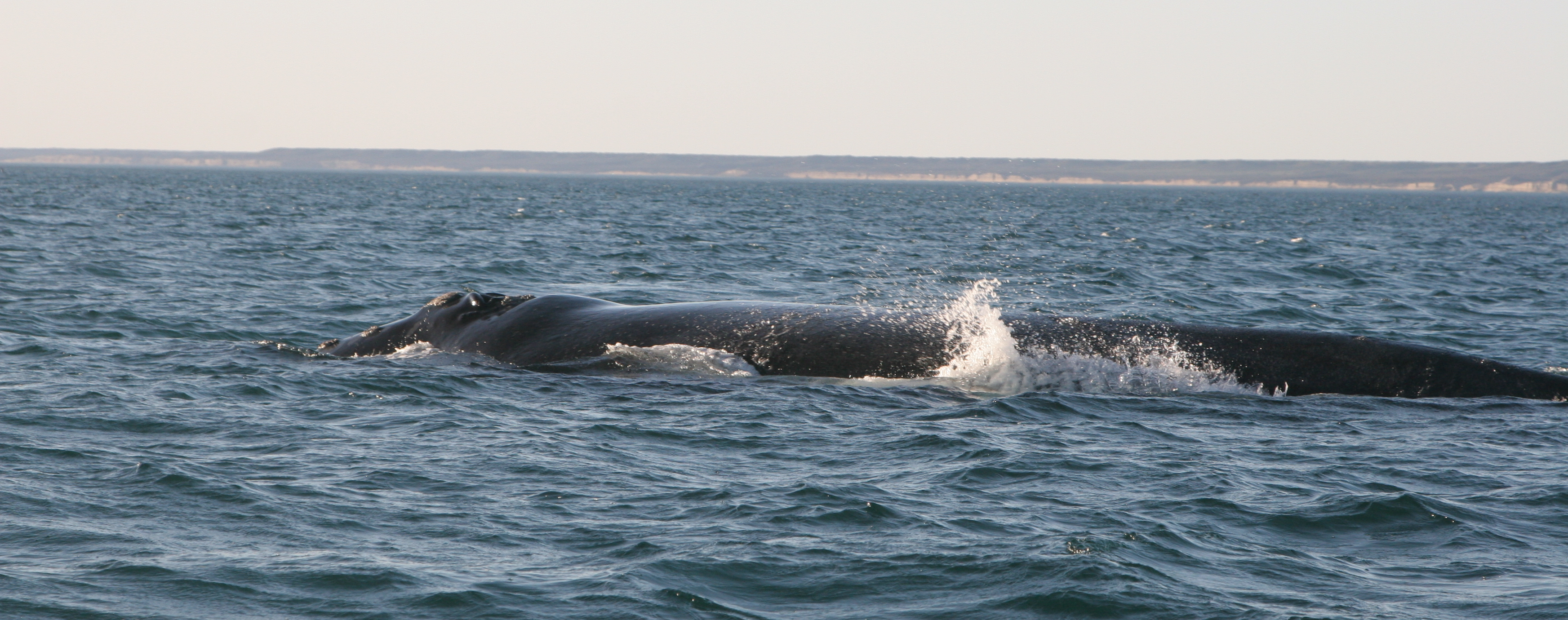
Adventurouspirits
The southern right whale is a baleen whale, one of three species classified as right whales .
Enlarge
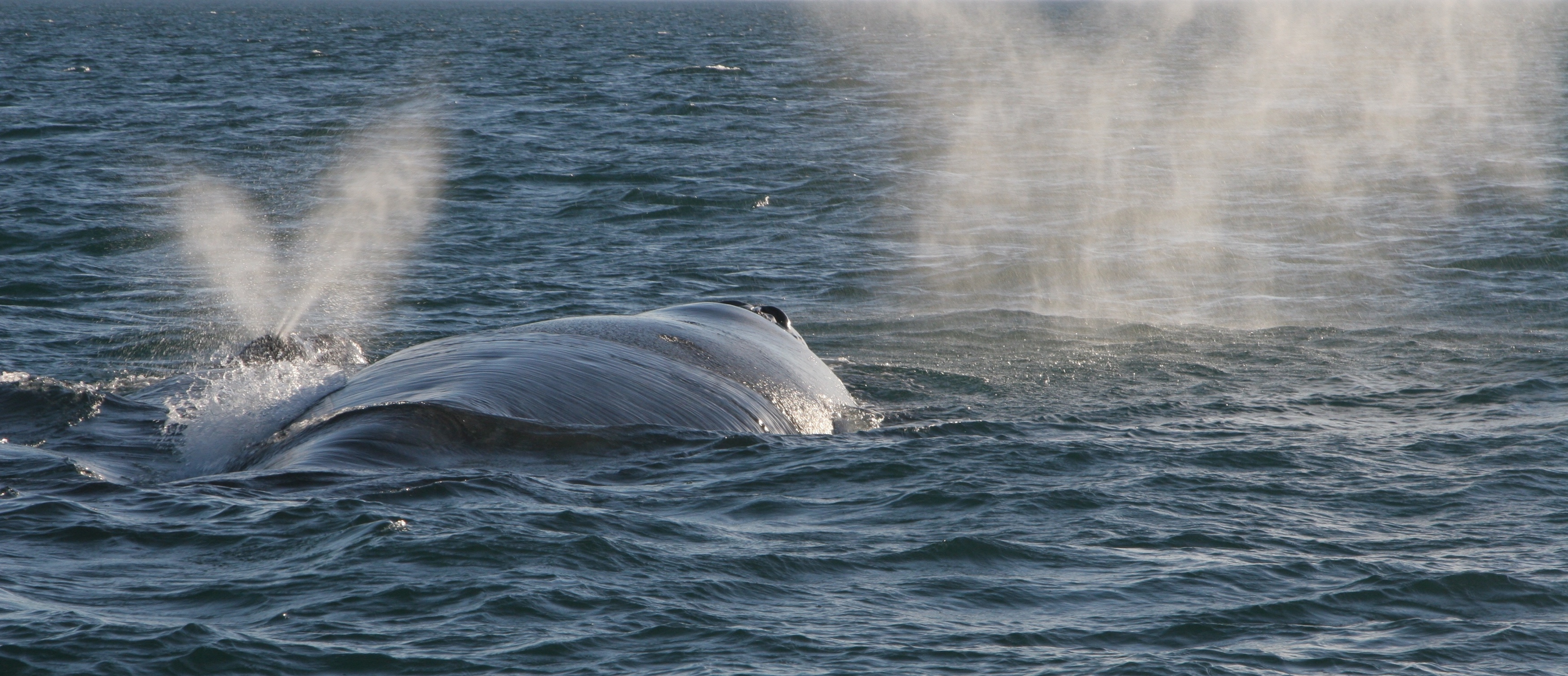
Adventurouspirits
Like other right whales, the southern right whale is readily distinguished from others by the callosities on its head, a broad back without a dorsal fin, and a long arching mouth that begins above the eye. Its skin is very dark grey or black, occasionally with some white patches on the belly. The right whale’s callosities appear white due to large colonies of cyamids.
Enlarge

Adventurouspirits
Right whales were a preferred target for whalers because of their docile nature, their slow surface-skimming feeding behaviours, their tendency to stay close to the coast, and their high blubber content (which makes them float when they are killed, and which produced high yields of whale oil). Although the whales no longer face a threat from whaling, mankind remains by far the greatest threat to these species: the two leading causes of death are being struck by ships and entanglement in fishing gear.
Enlarge
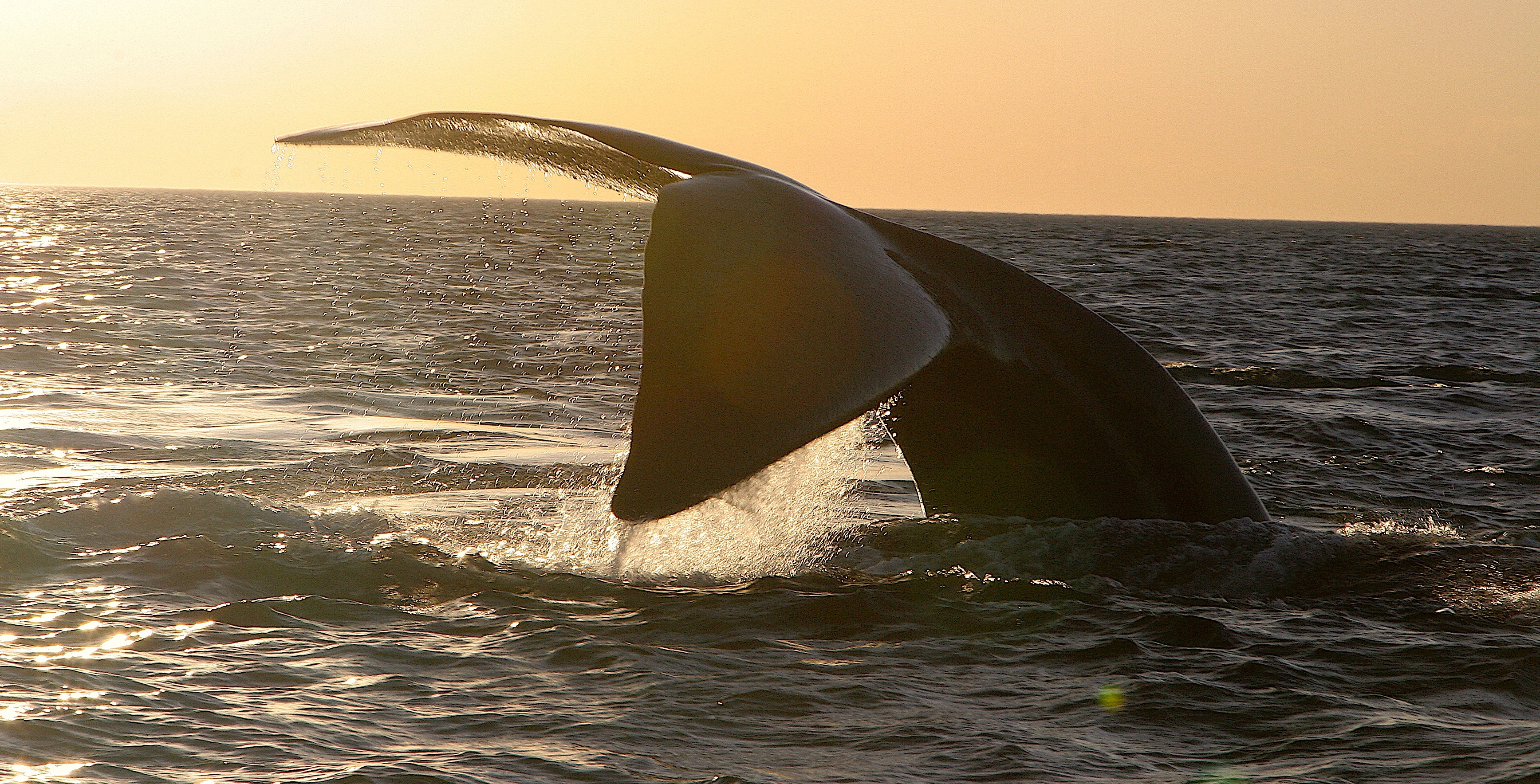
Adventurouspirits
As it became clear that the population was nearly depleted, the harpooning of right whales was banned in 1937. The ban was largely successful, although some illegal whaling continued for several decades.
Enlarge
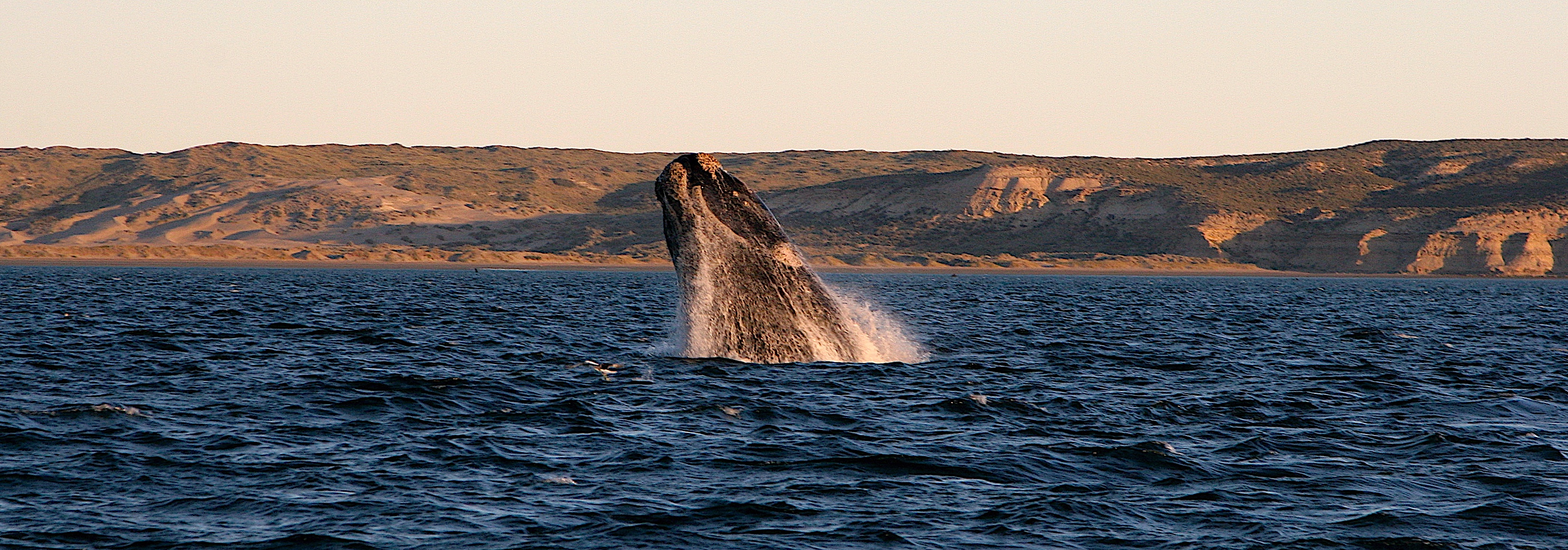
Adventurouspirits
Enlarge

Adventurouspirits
What a stunning day. The whales put on a helluva show. May they live forever.
Enlarge
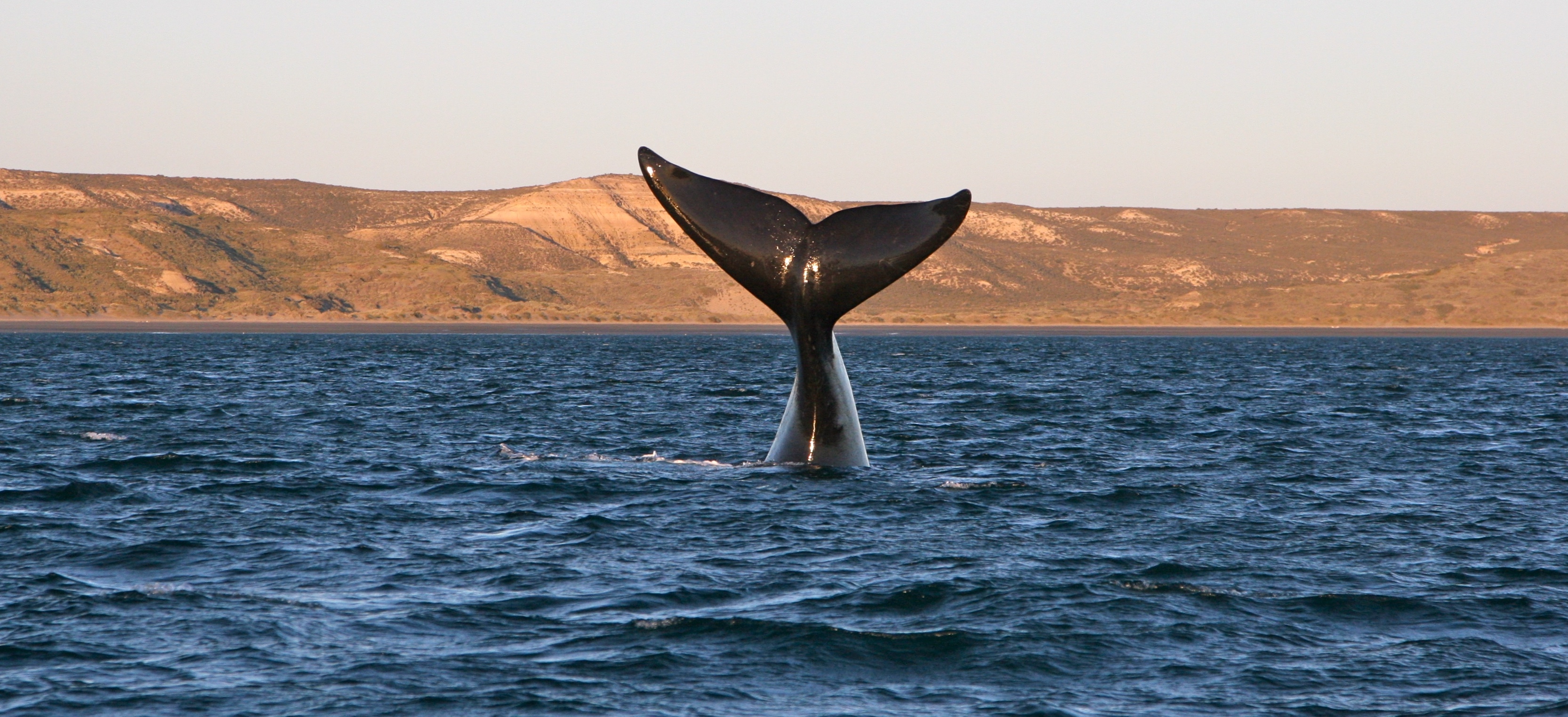
Punta Tombo is the most important Magellan Penguins colony within continental Patagonia. More than a million and a half of them arrive at this place every year in order to breed. Funny little creatures they are very much like the penguins in South Africa. We were given permission to camp in the visitors’ parking lot for the night. The penguins are also called “Jackass” because they bray like a donkey and we were reminded of that all night as they brayed alongside our camper.
Enlarge
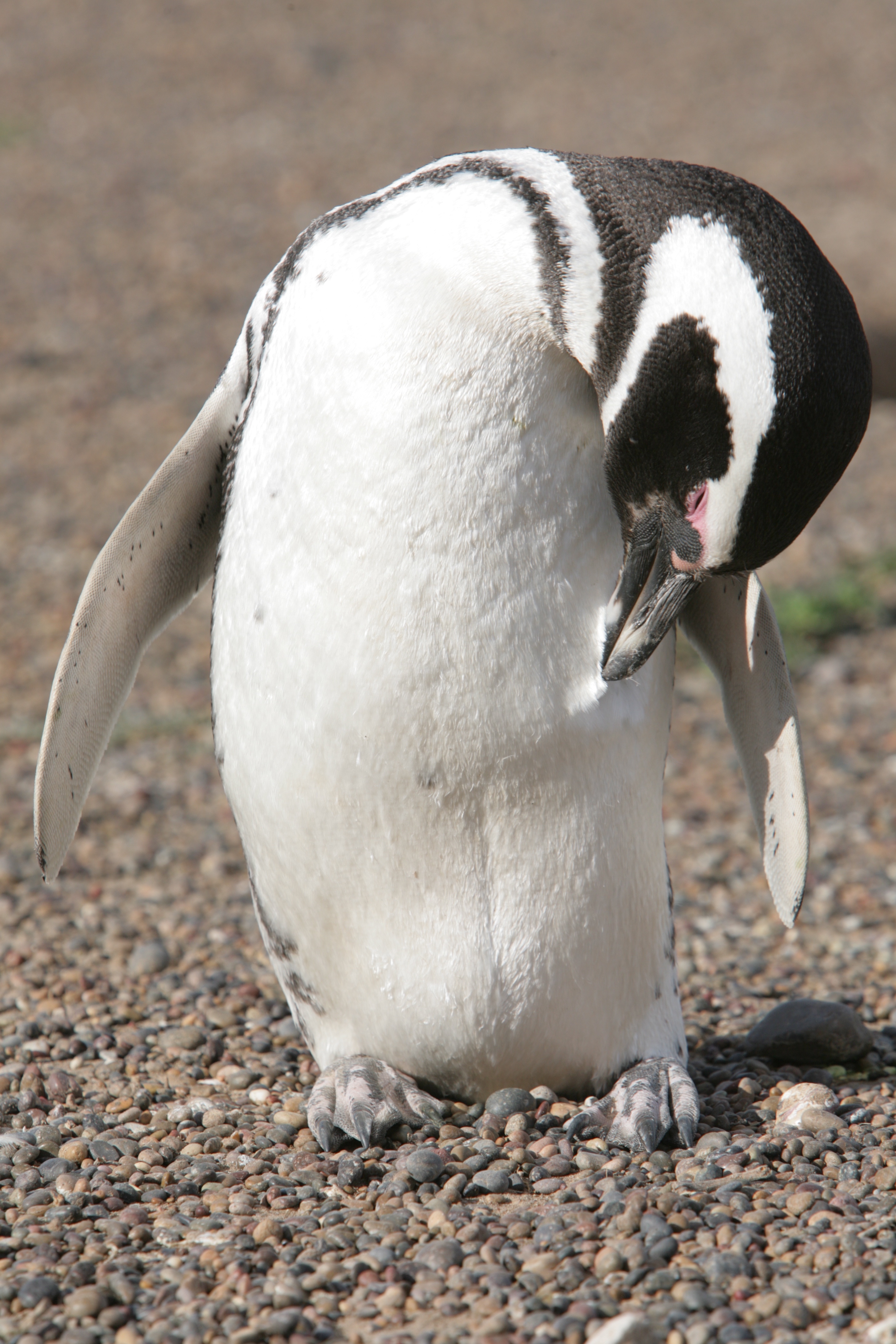
Adventurouspirits
Enlarge
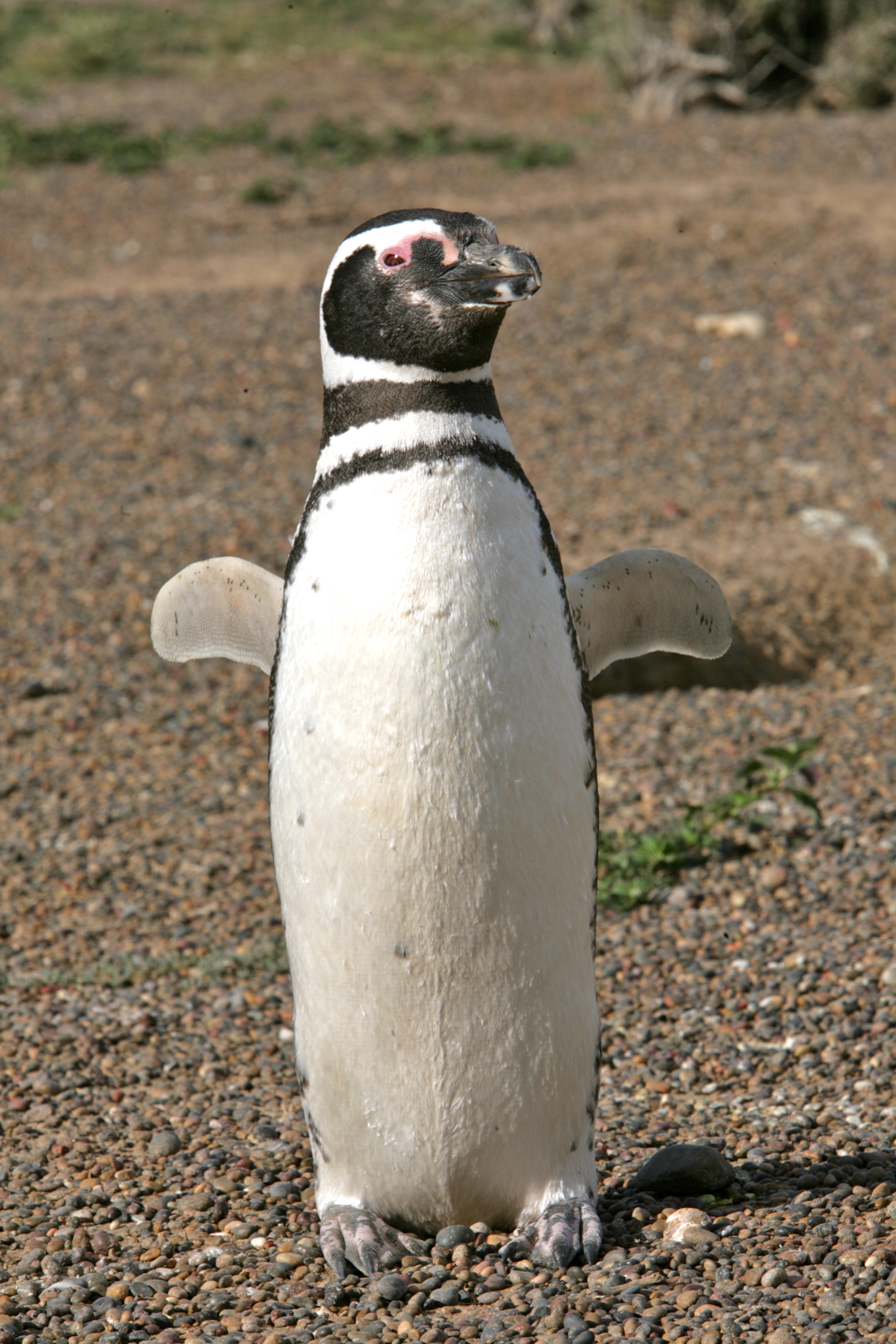
Adventurouspirits
It is a long drive to Ushuaia from Buenos Aires 3083km. The road is straight we passed through little villages, large sheep farms, fields of scrubby bushes and cloudless skies. We stopped for a cup of tea and cake at the Welsh village of Gaiman, which feels really weird. Welsh language deep in Patagonia. We ordered scones and tea and there was so much food that we took the leftovers with us.
Enlarge
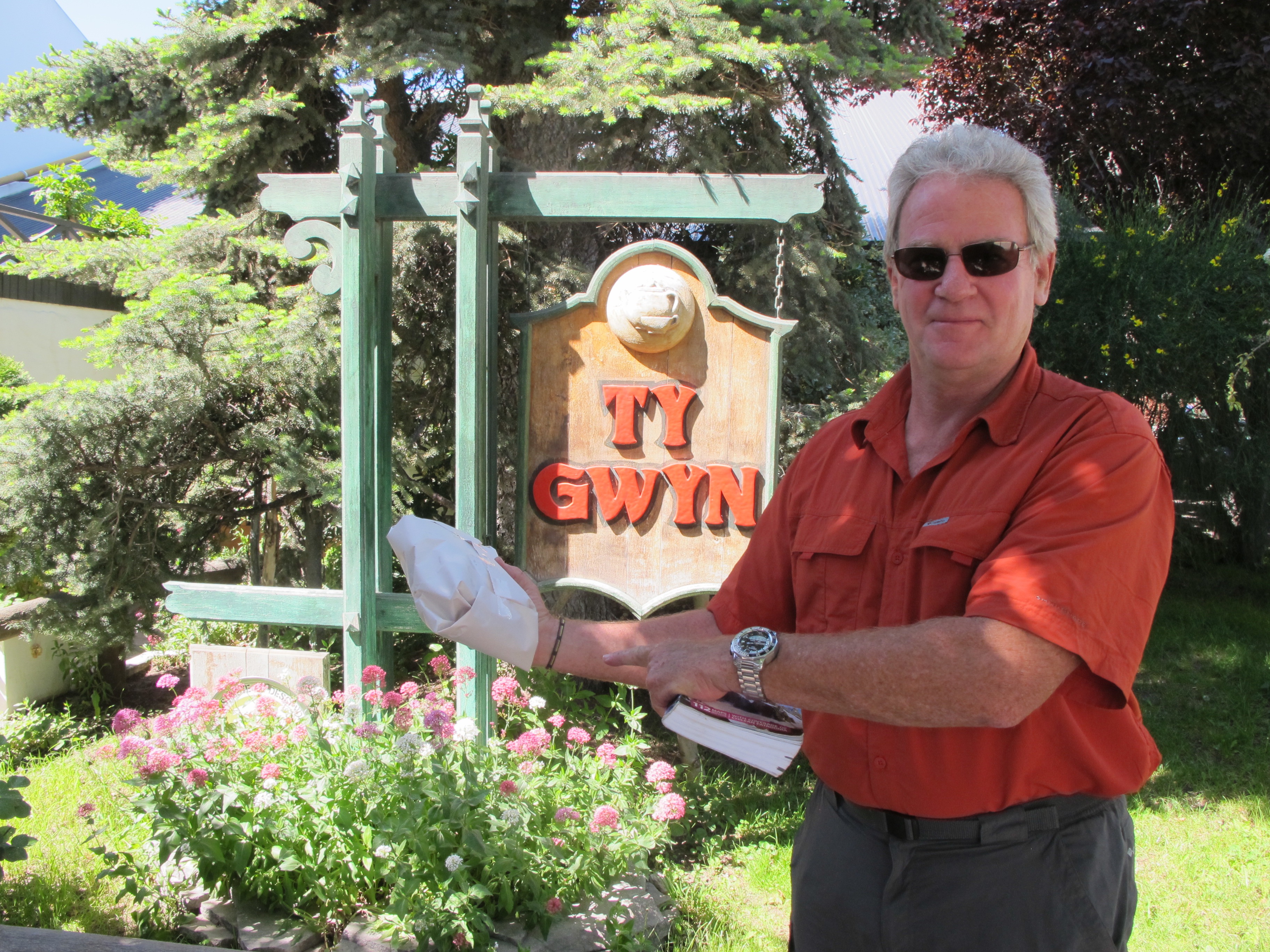
Adventurouspirits
We camped along the way, we have to enter Chile and then back into Argentina, we crossed the Straights of Magellan by ferry into Tierra del Fuego. The road conditions deteriorated, wind howled around us and no tree is left standing straight. Snow topped mountains are seen on the horizon, the temperature is dropping. It began to rain the mist shrouded the mountains as we crossed over them and into the town of Ushuaia we had arrived.
Enlarge
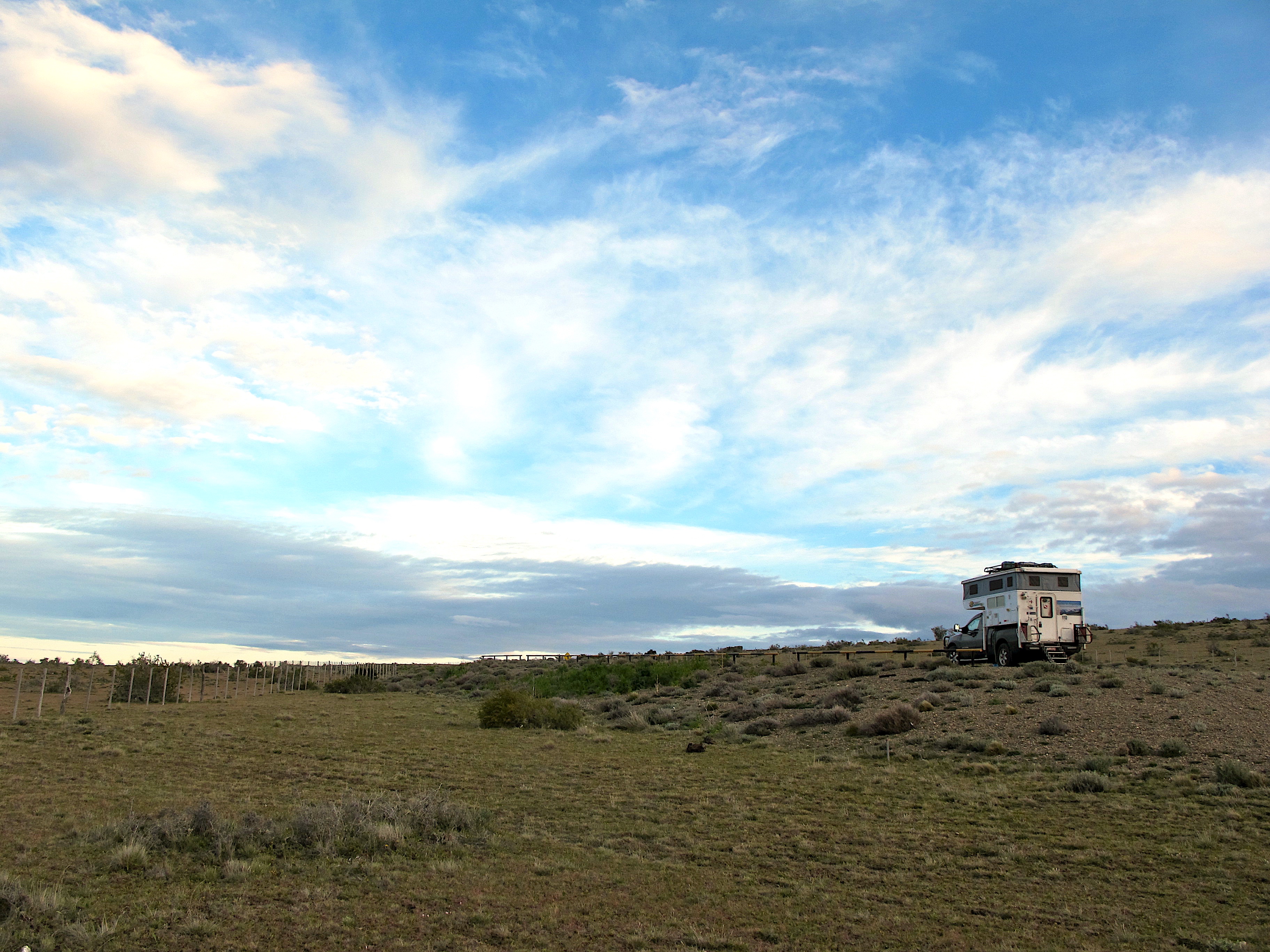
Adventurouspirits
Enlarge

Adventurouspirits
Enlarge

Adventurouspirits
Enlarge
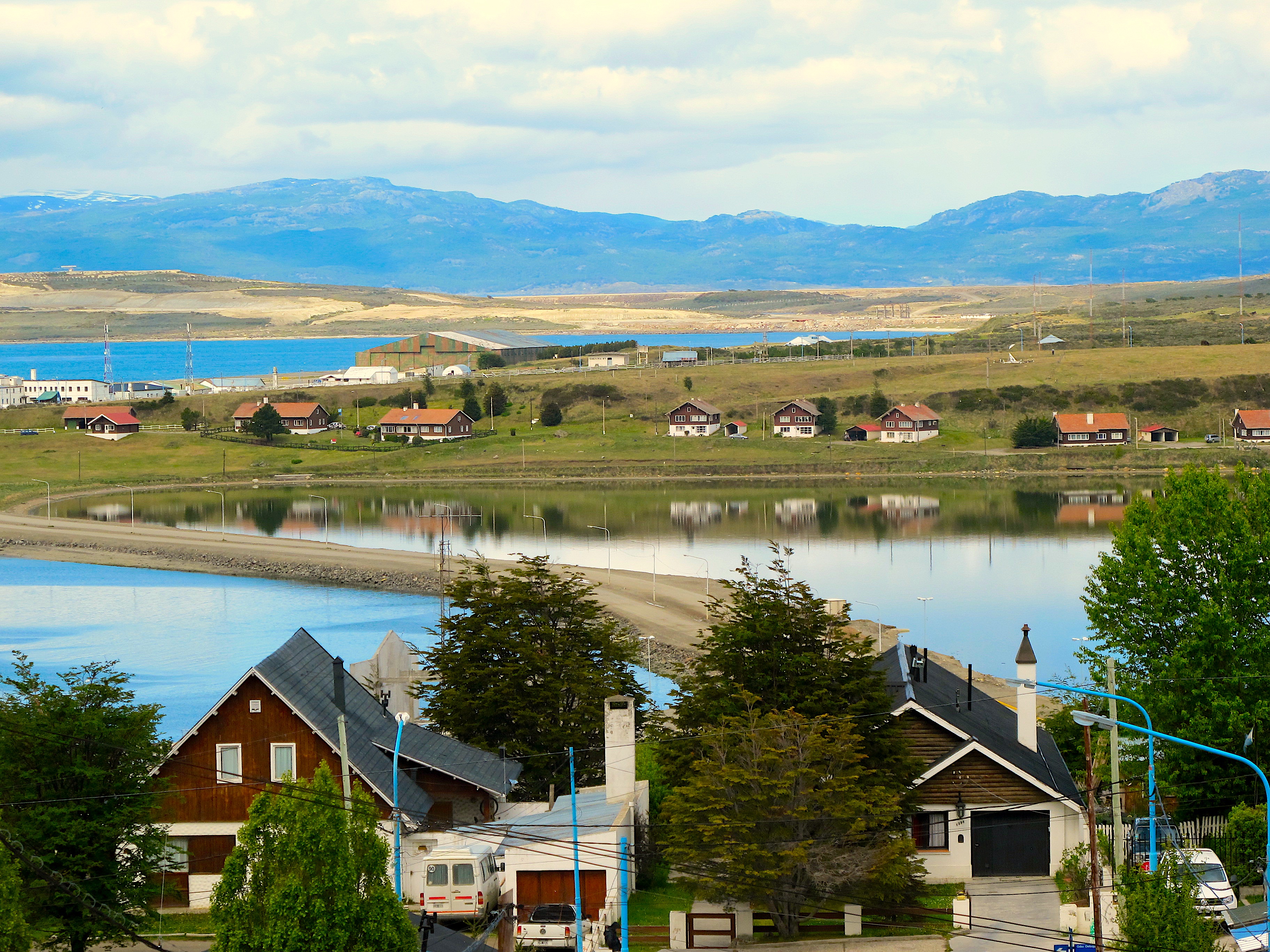
Adventurouspirits
Ushuaia is the southern most town in the world that we can drive to. In blinding rain, we headed for the campsite; we wanted to celebrate but were too tired. In the rain and howling wind, we set up camp and huddled around a glass of hot wine to celebrate our arrival. Tomorrow the real celebration will begin with a hot shower!
Enlarge
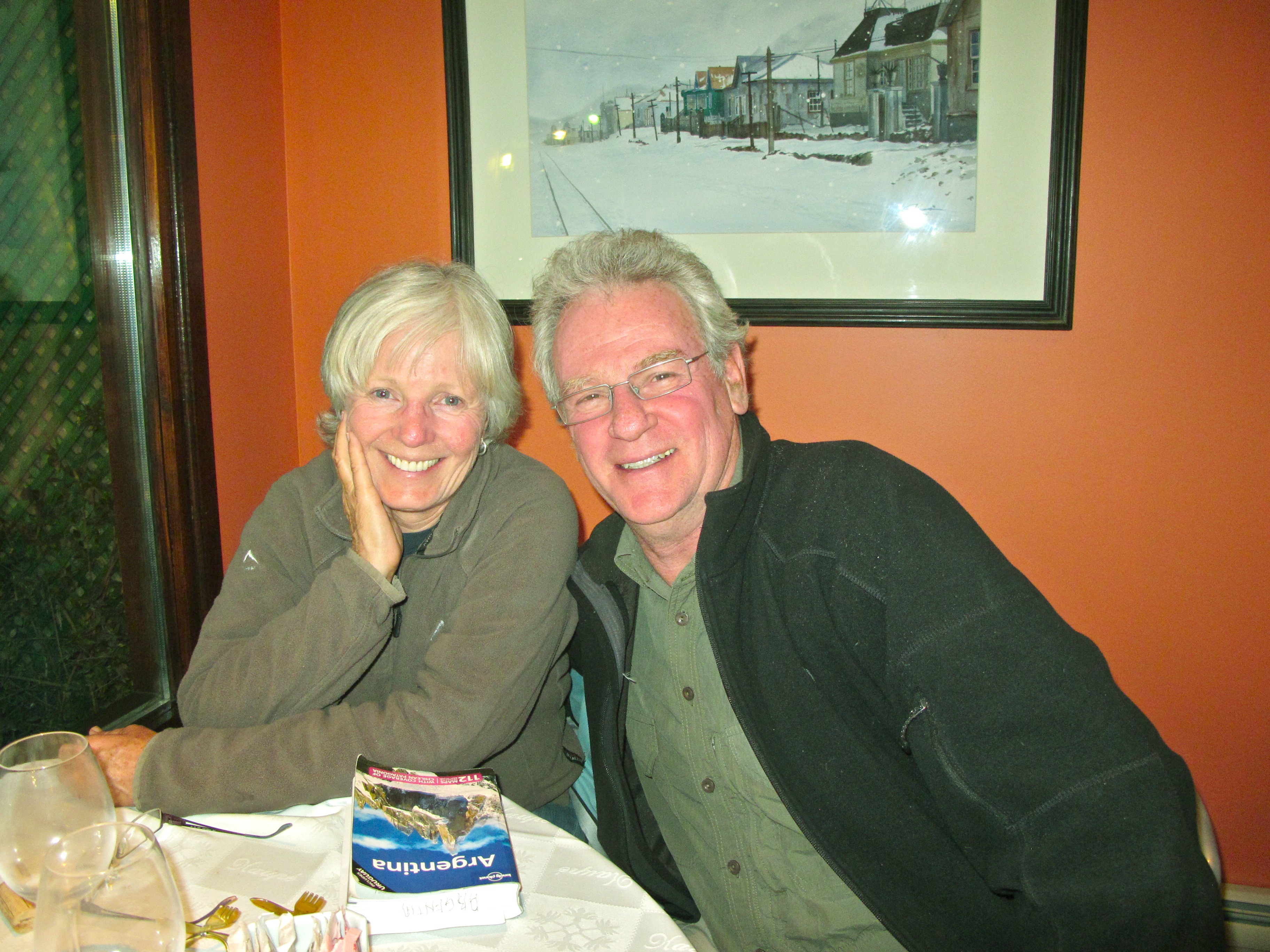
Adventurouspirits

Though they sound like pests, I’m still envious of your time with the little penguins. Such cuties! Sounds like an amazing trek and your photo entitled ‘Life at its best’ is a framer. Nice shot. 🙂
You made it!!!!!!!! Awesome. End to end.
Bottom of the world. Wow. Great to hear from you . Thanks for the call.
Safe journey north and eventually home, wherever that is .
Your enduring spirit has kept some of us wishing and drooling….. Muchos Gracias!!
You deserve a heap of CONGRATULATIONS from all of us…a life lived well with a remarkable accomplishment.
Congratulations Tom & Janet on completing your America’s adventure. I enjoyed reading your blog and your picutres and videos were fantastic. Have a safe journey home to Calgary.
Hey you guys! We just checked in to see where you are, and to see if we would run into you but you are in Ushuaia!!
Wow! Congratulations. Safe Travels and we’ll have to see you again when you come to Australia 🙂
What an amazing journey. Congratulations. So looking forward to seeing you both again in Calgary. Loved your penguin and whale photography
Handling Windows 7 on my new computer can’t manage yet,so I write on Lil’s
I am getting old,I only to day did I found your blog on Face book.
I can only say ( what many did ) you are very special,to do what you did needs
a mind set very few have.
I am thrilled I can put a picture to some of the towns and places you visited,
during our cruise. Keep going and I understand we will see you at the end of the year.
All the best, Heinz & Lil.